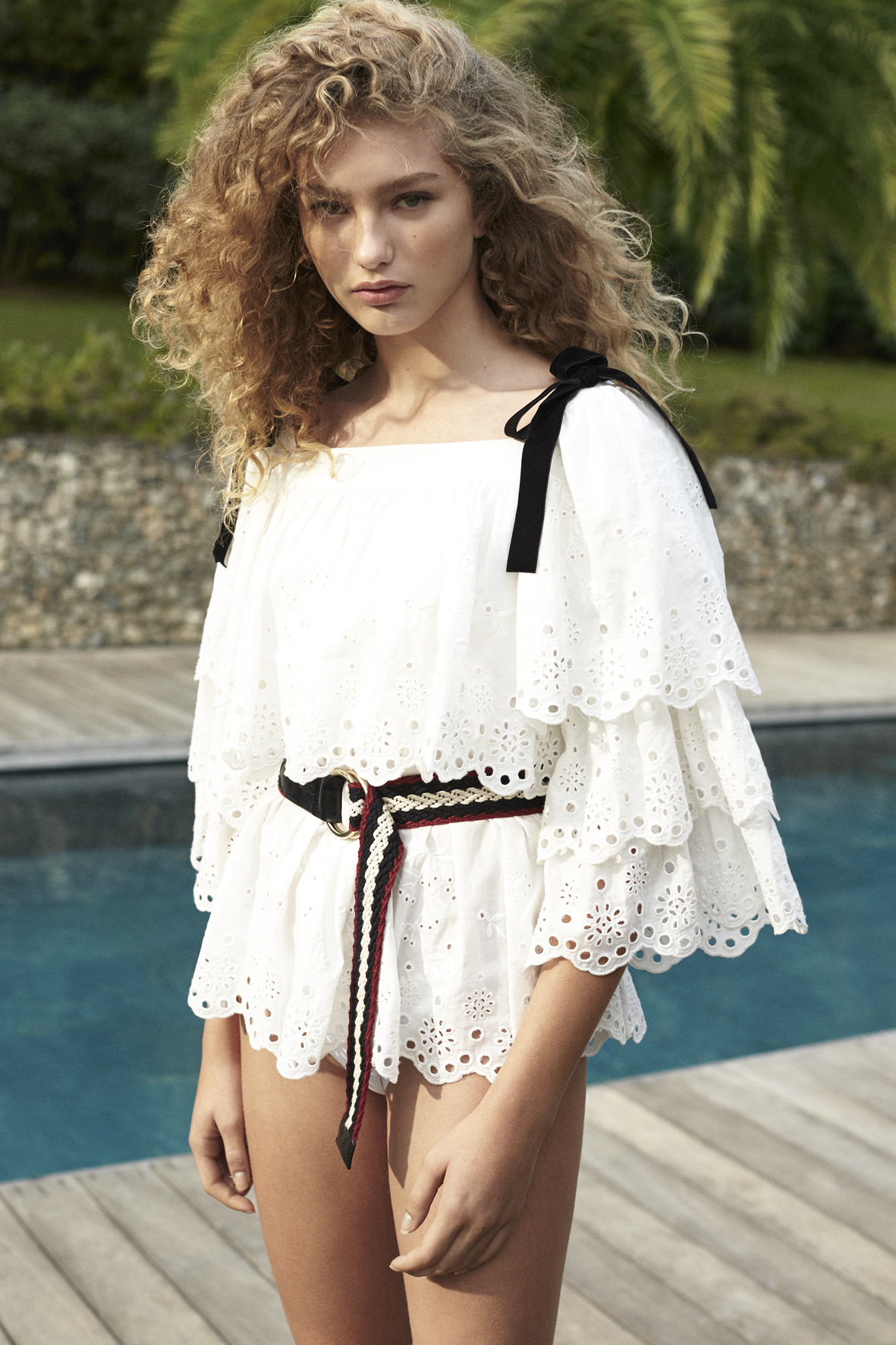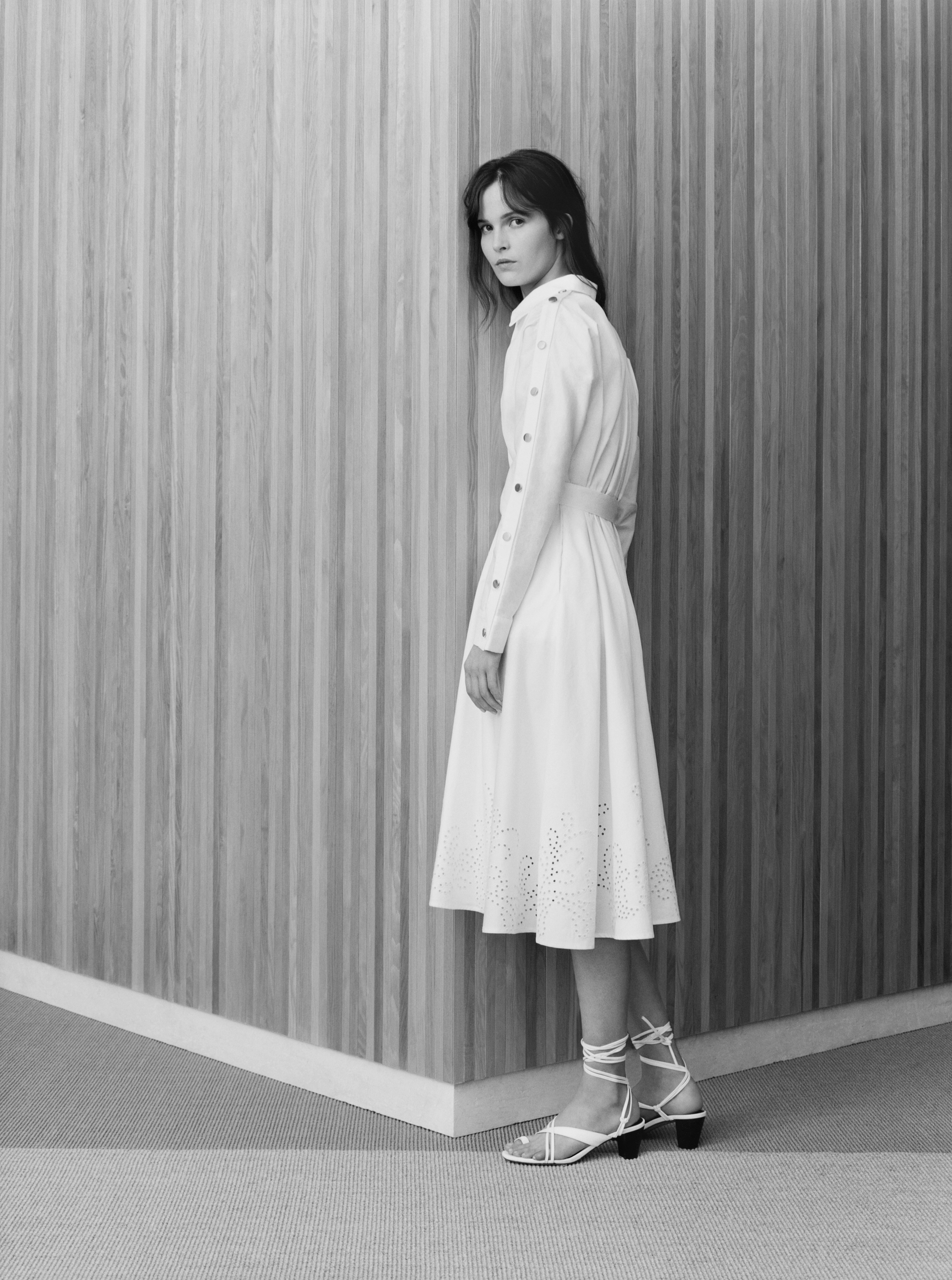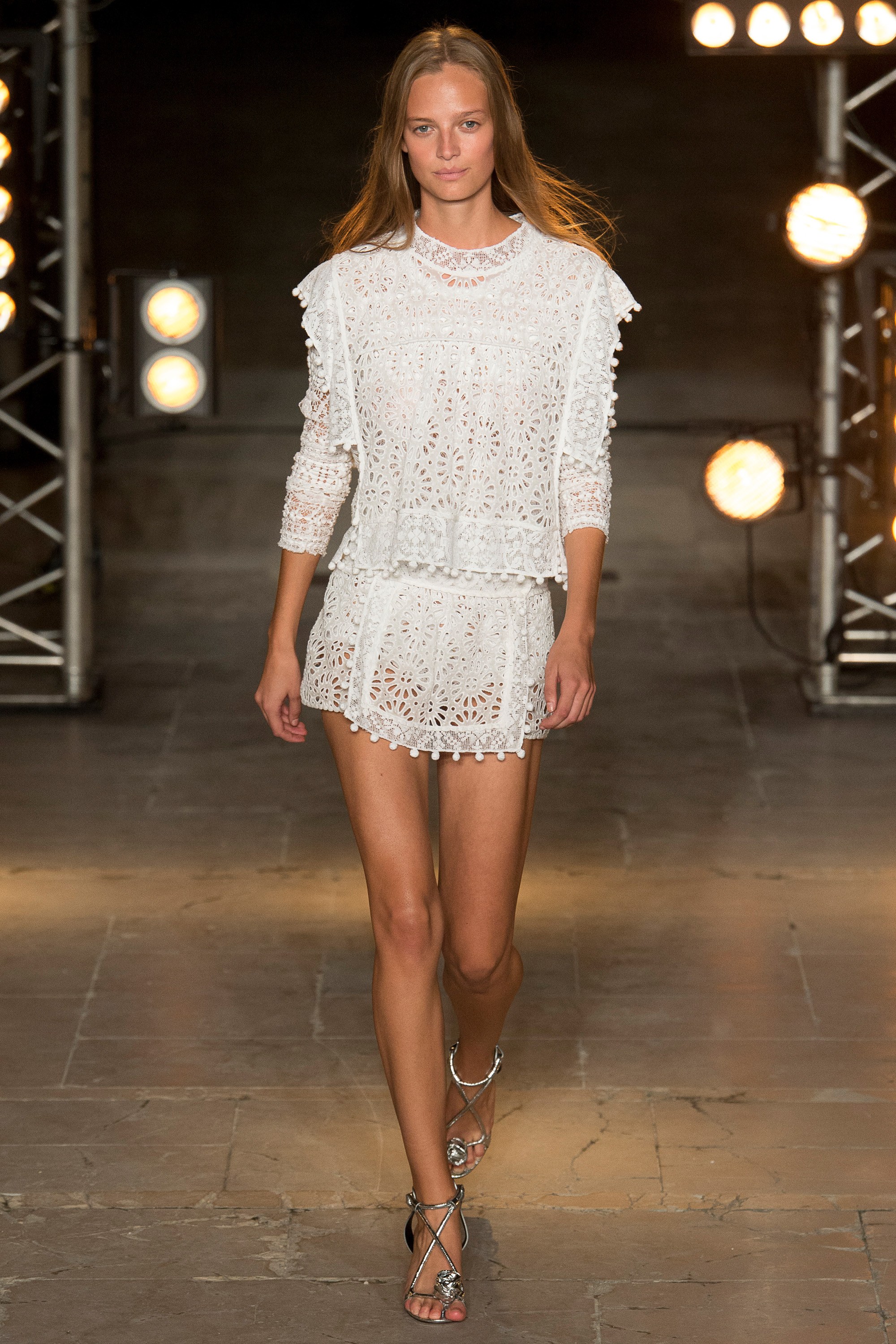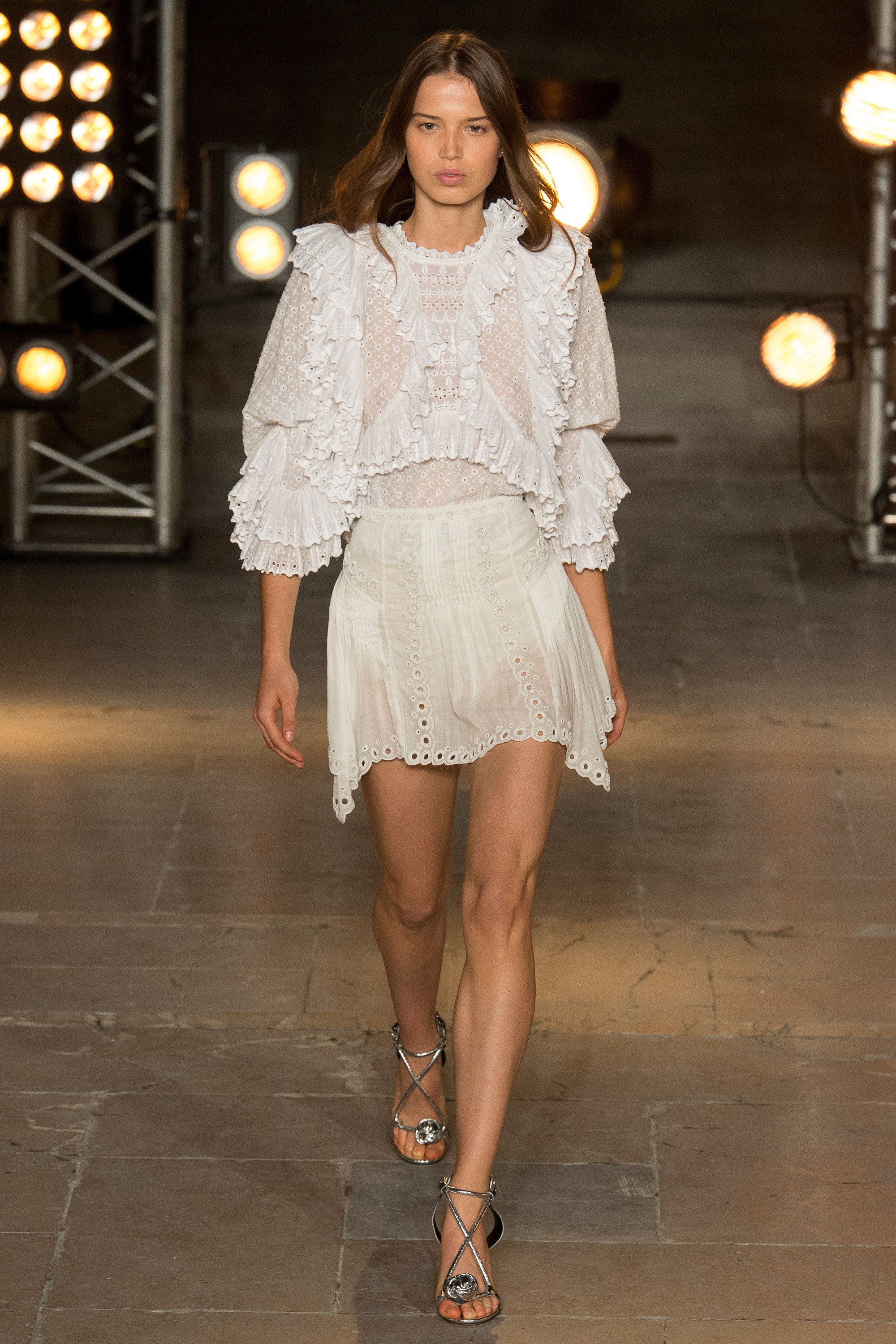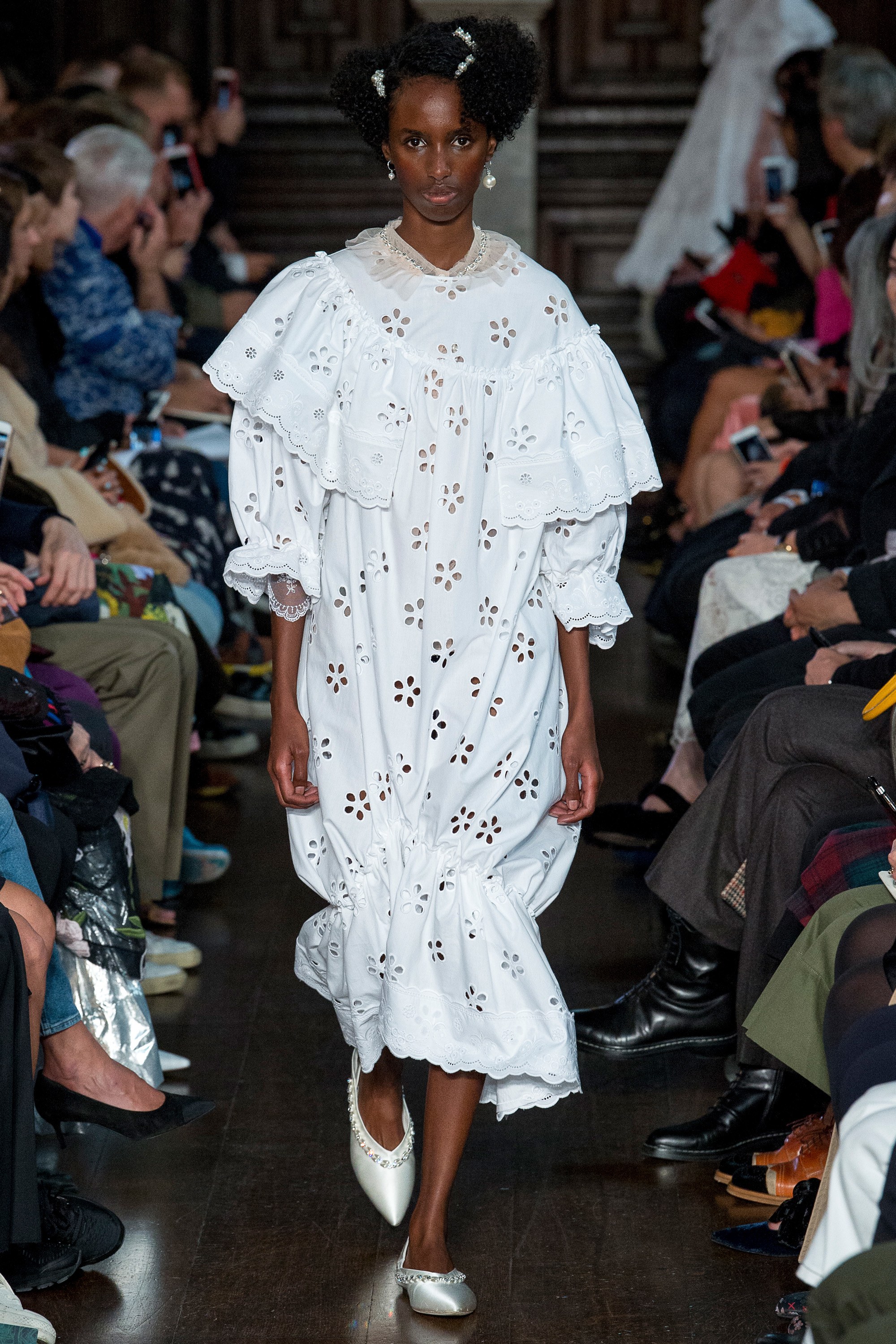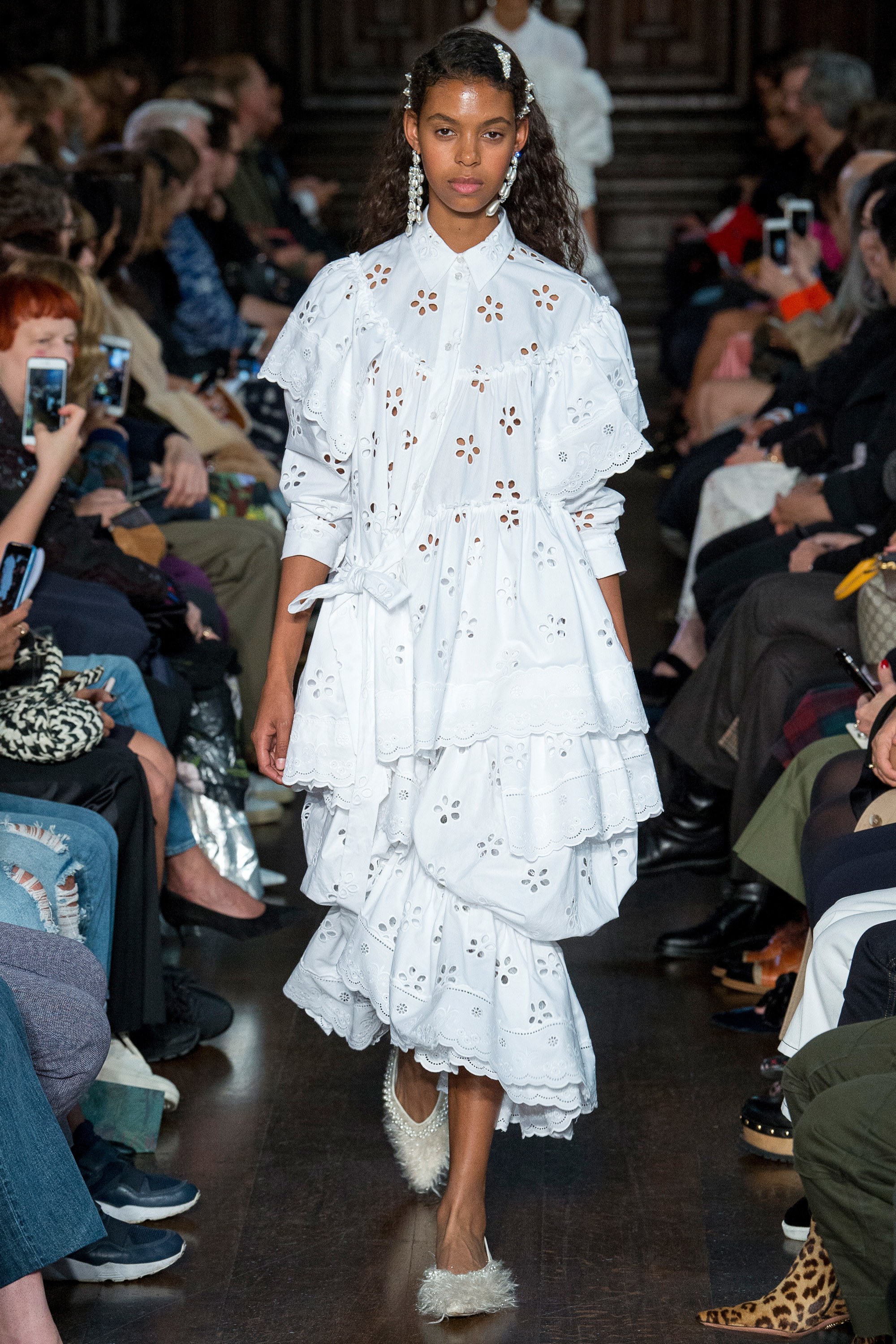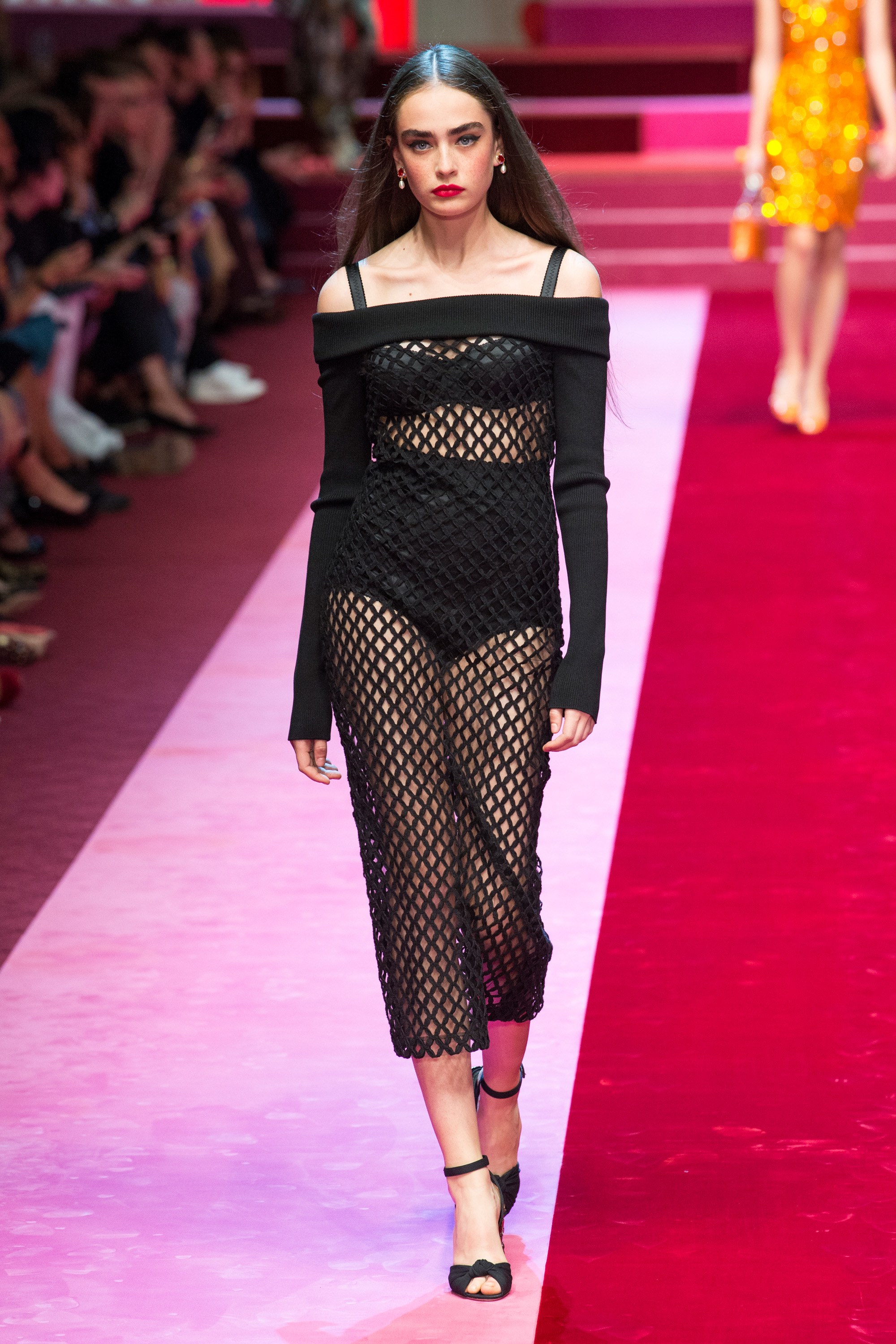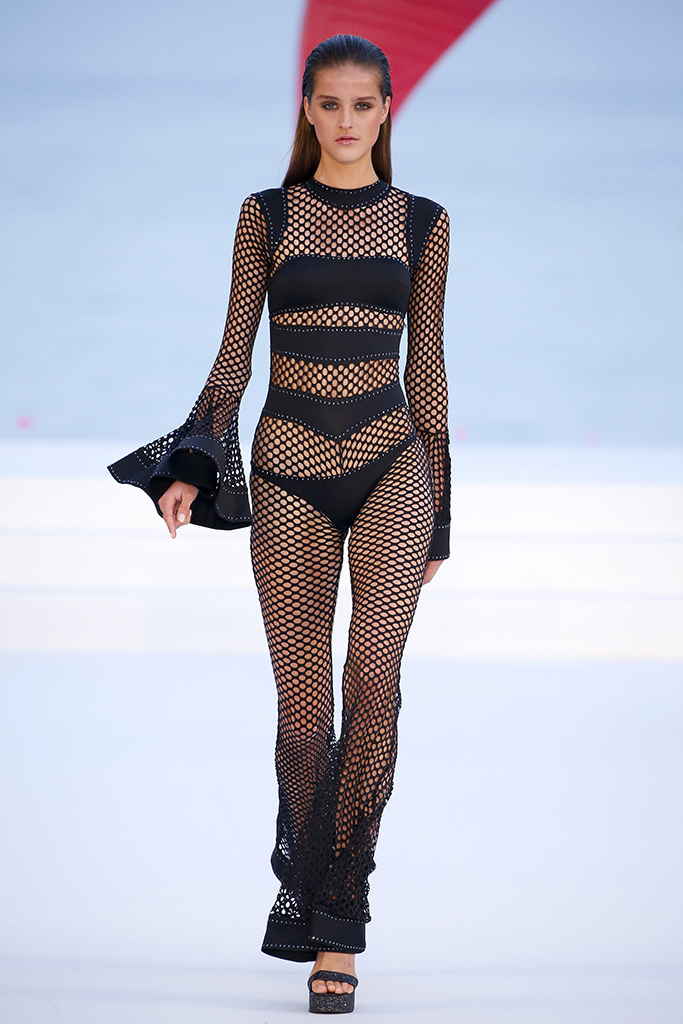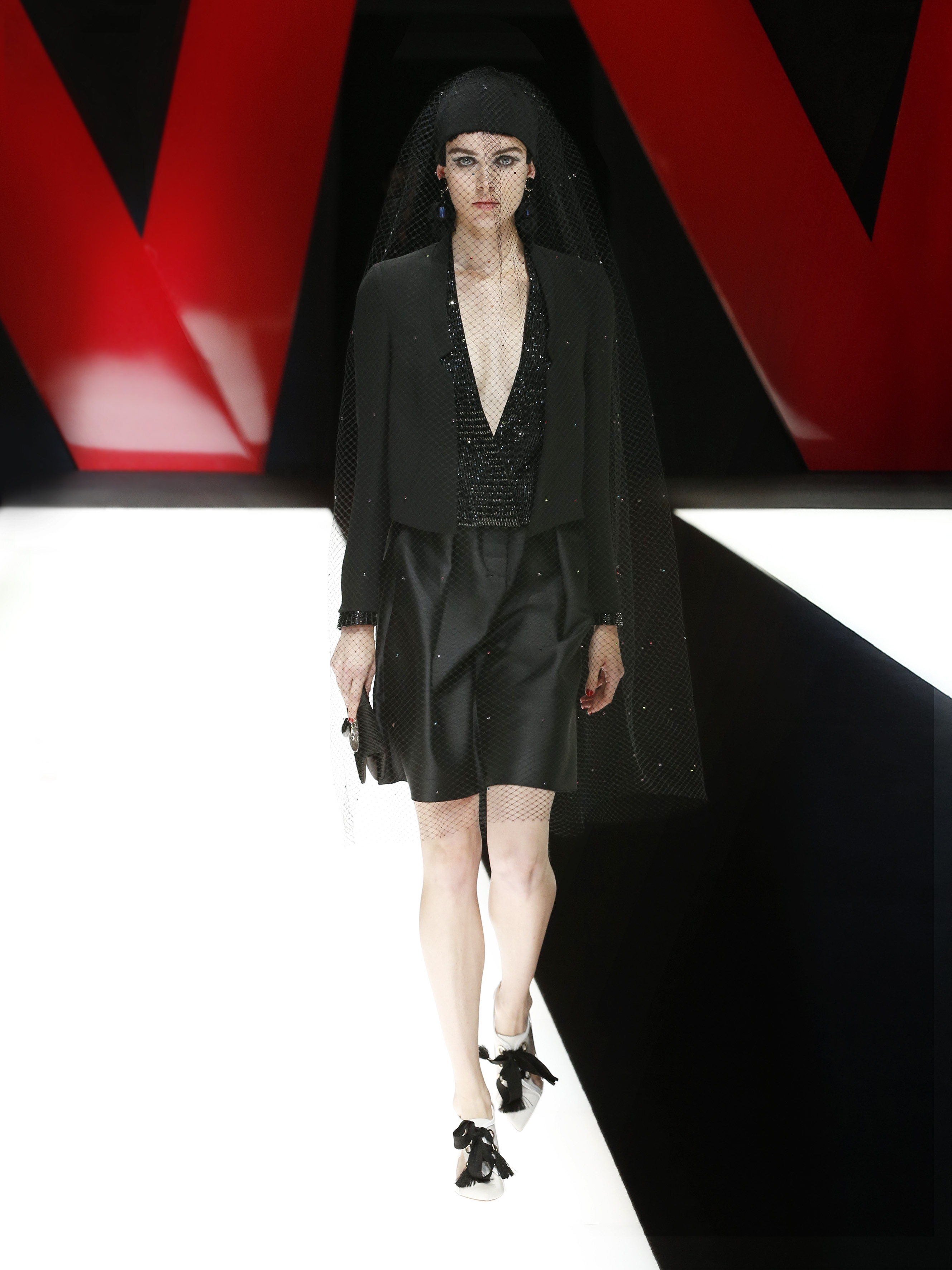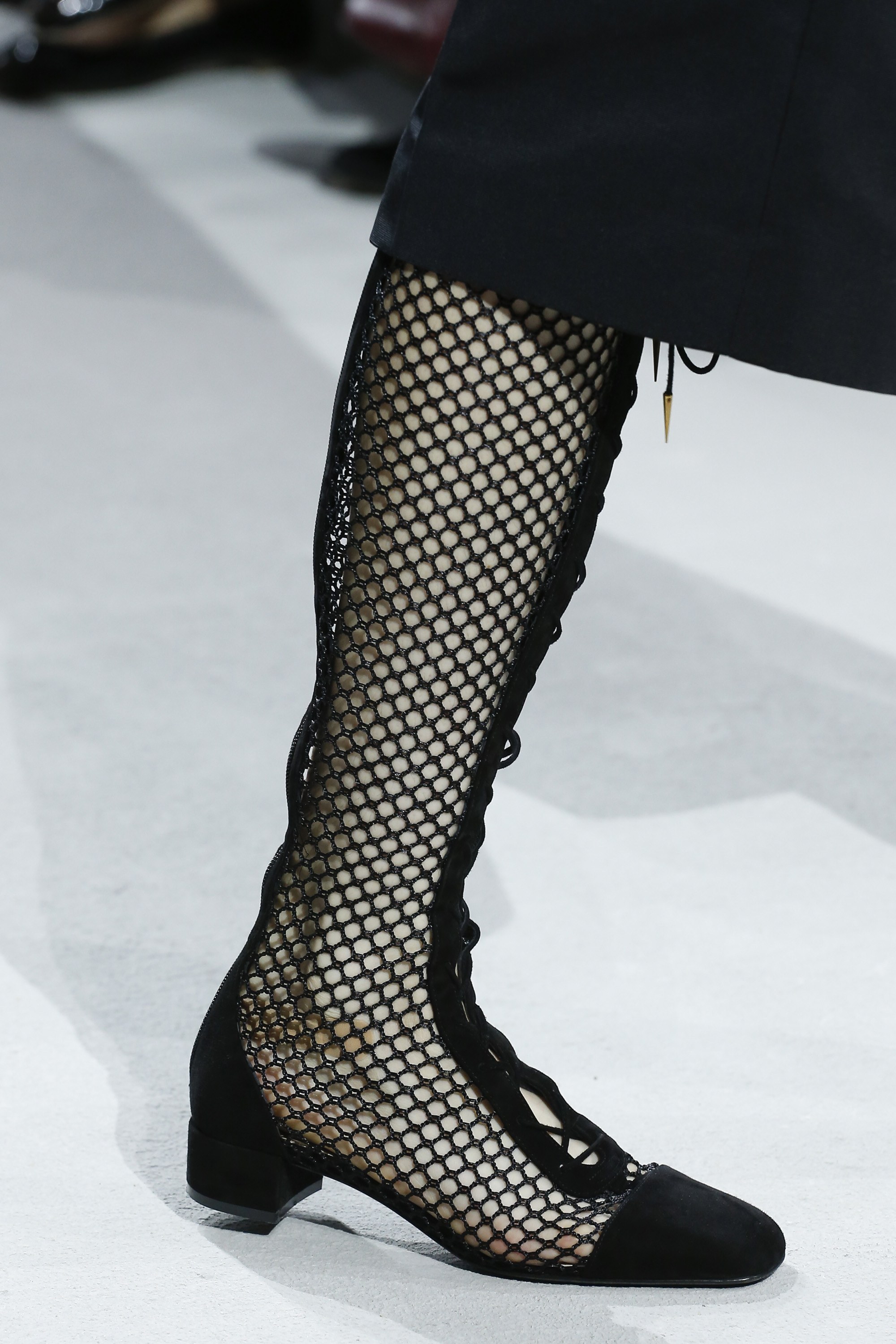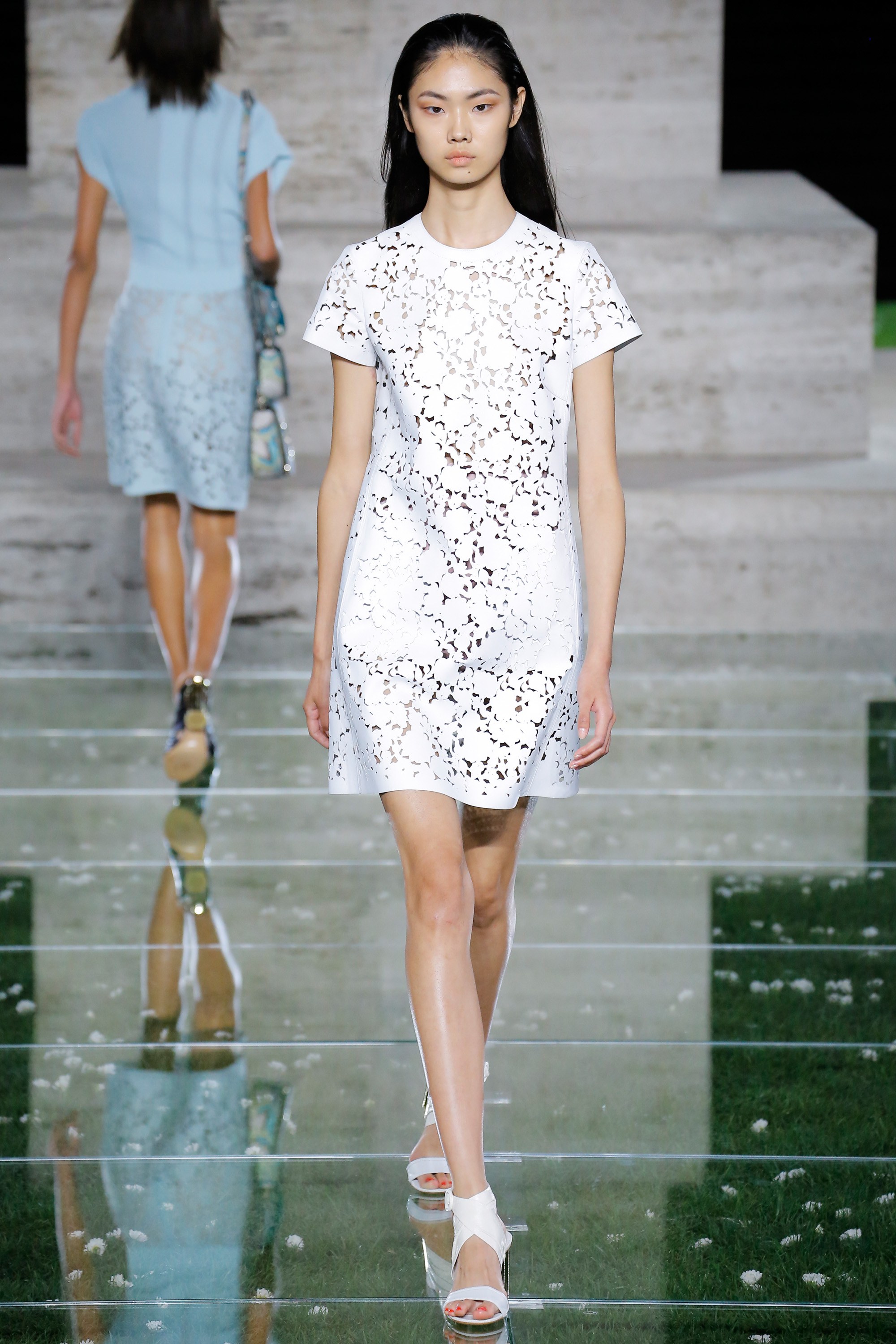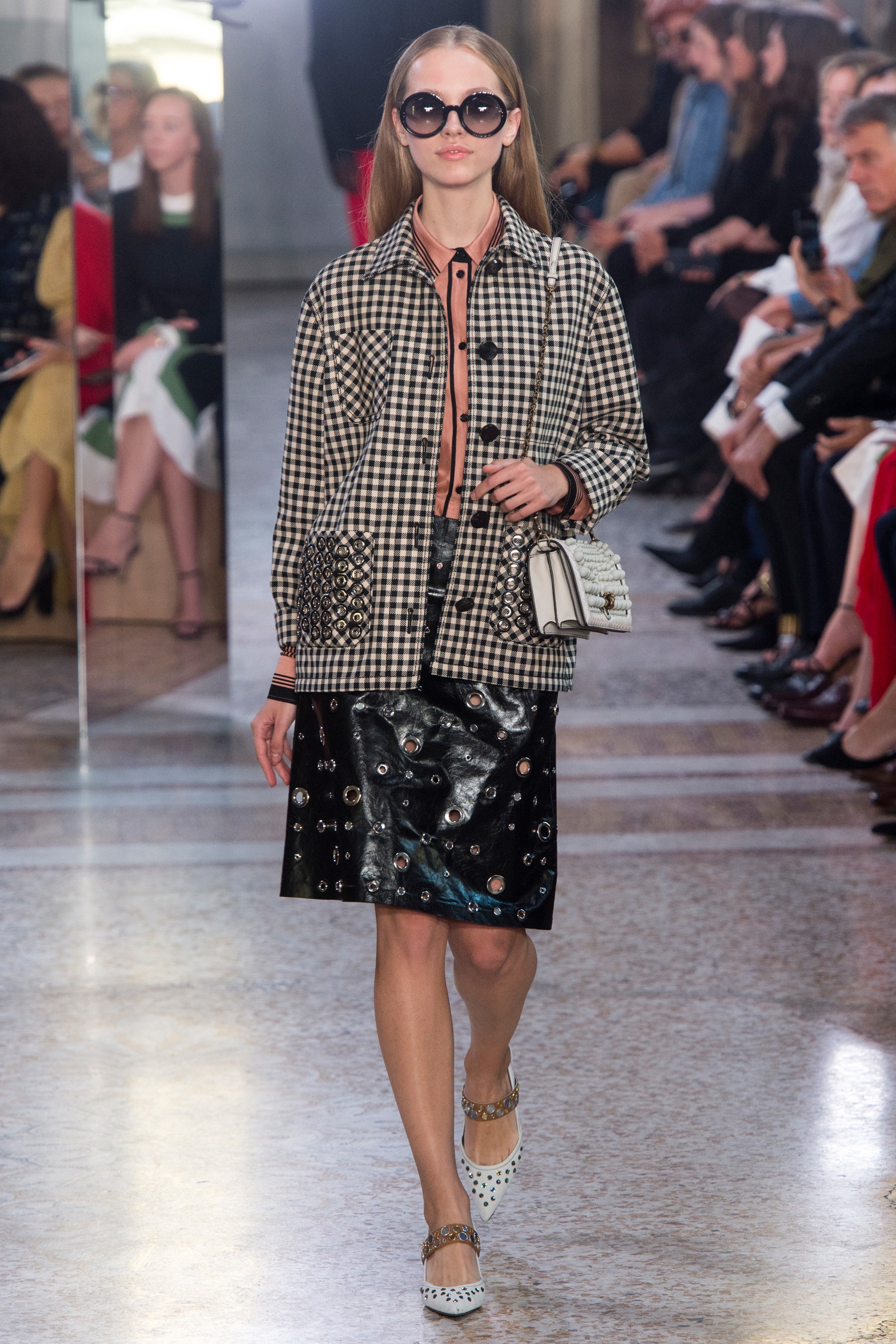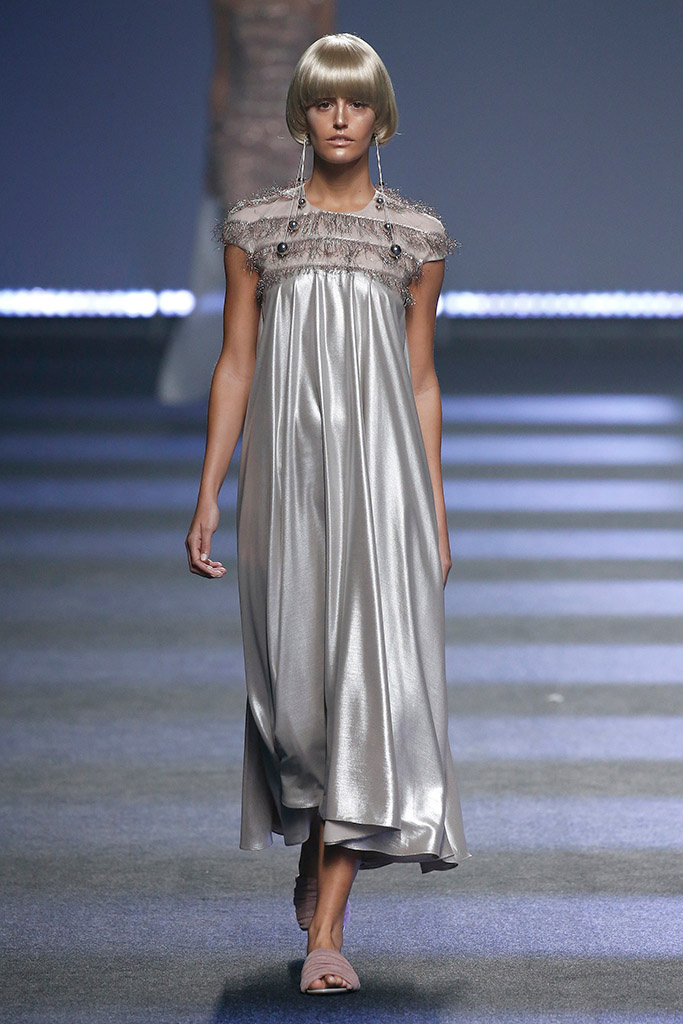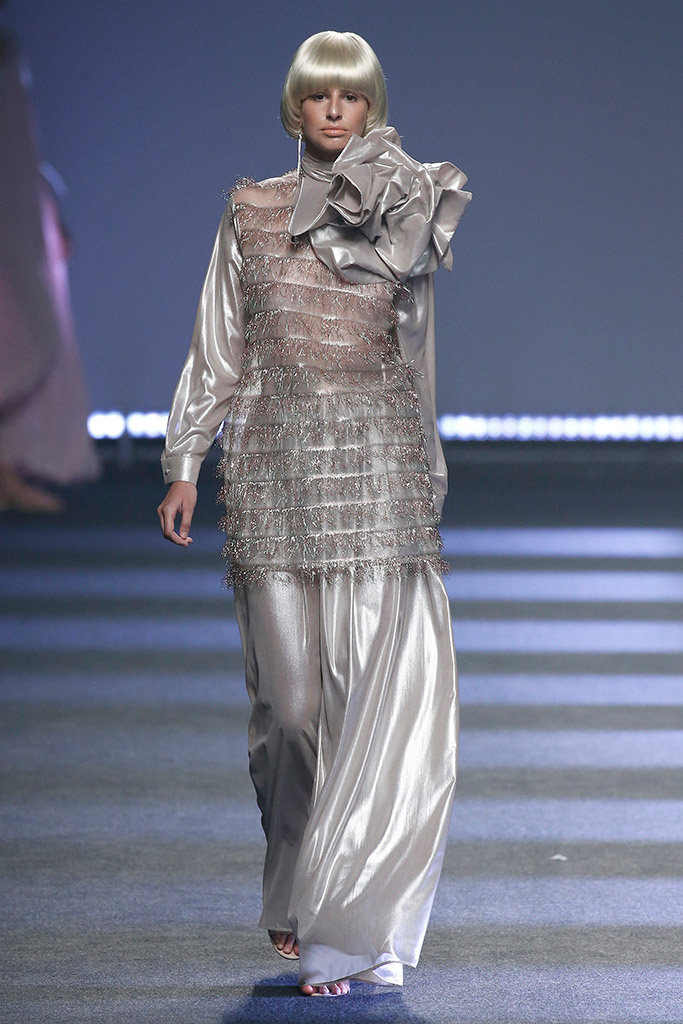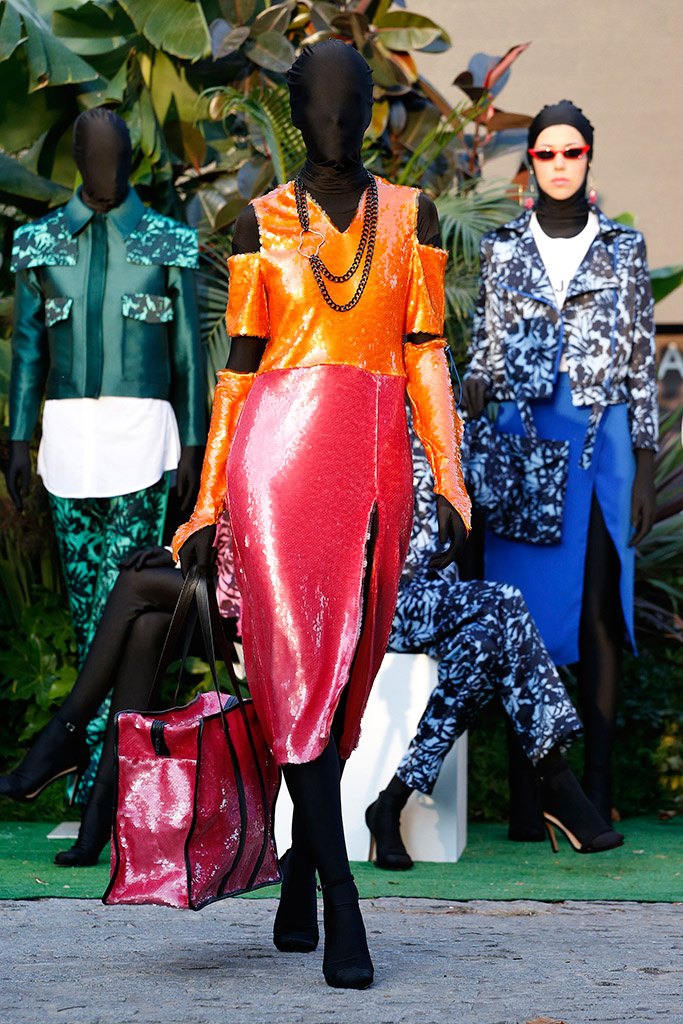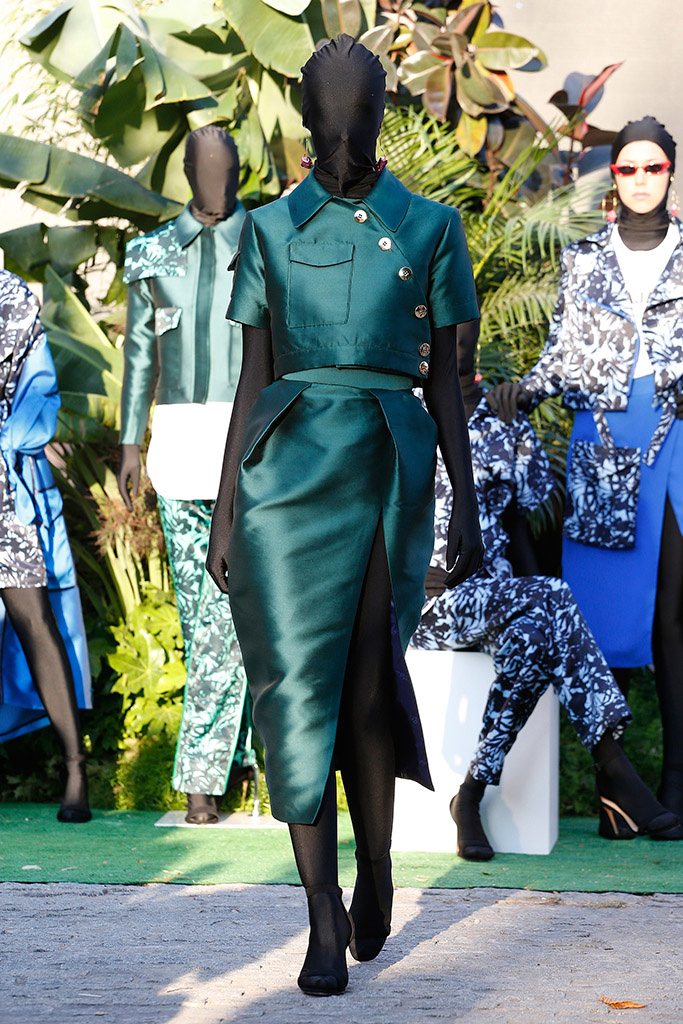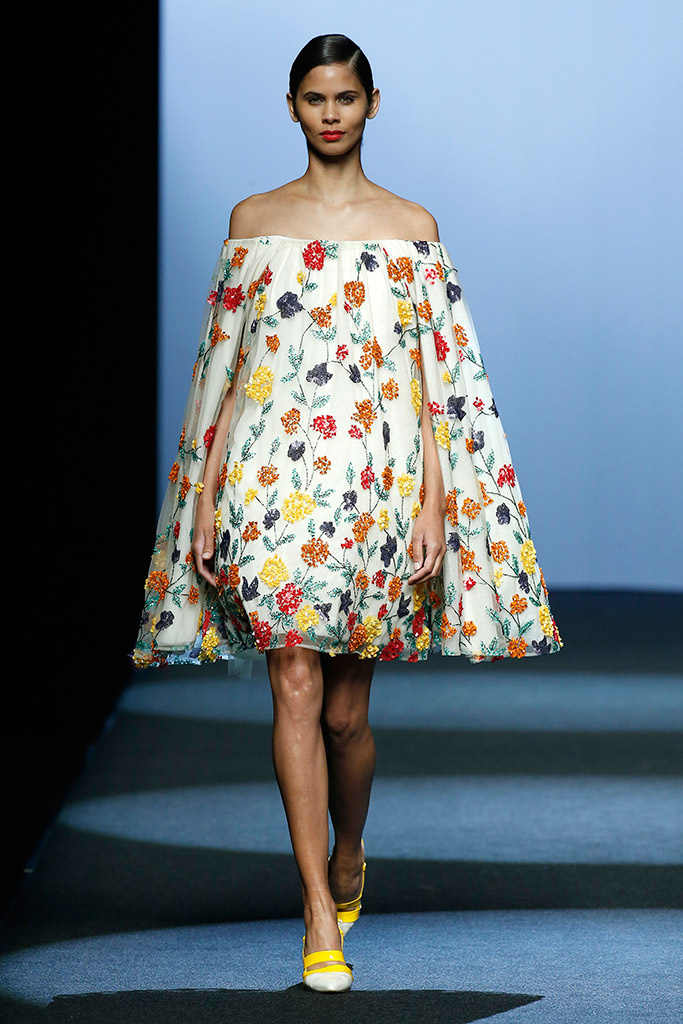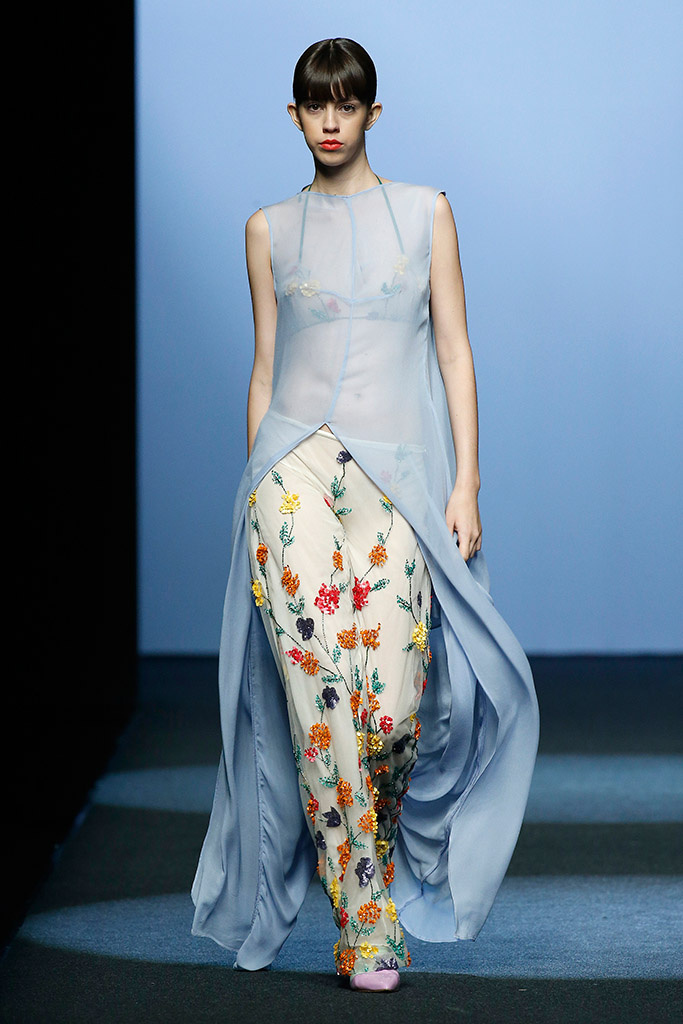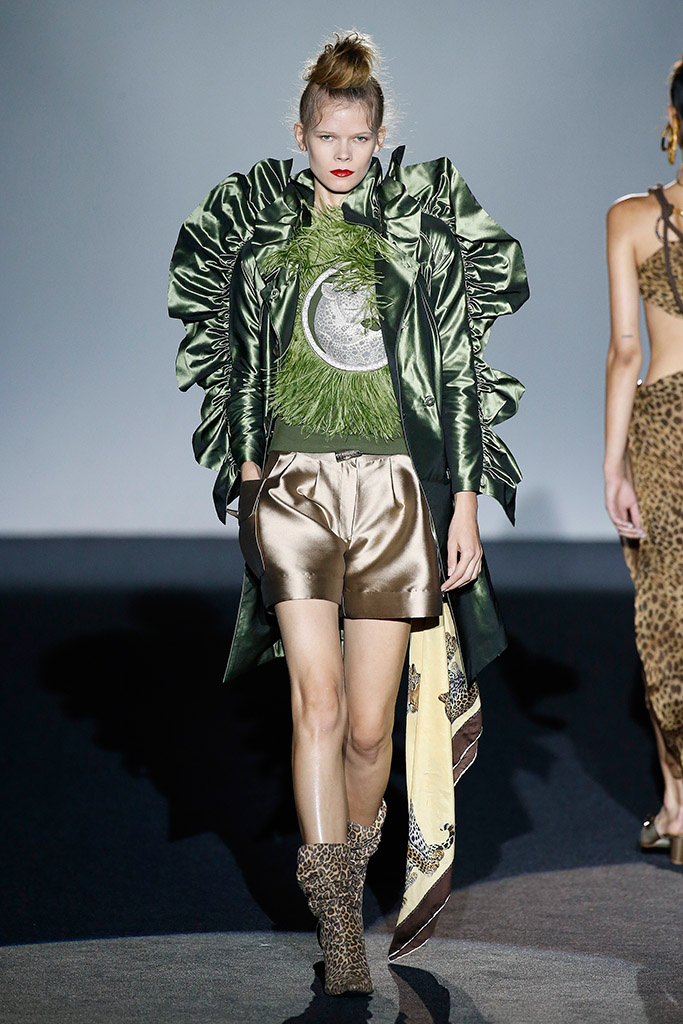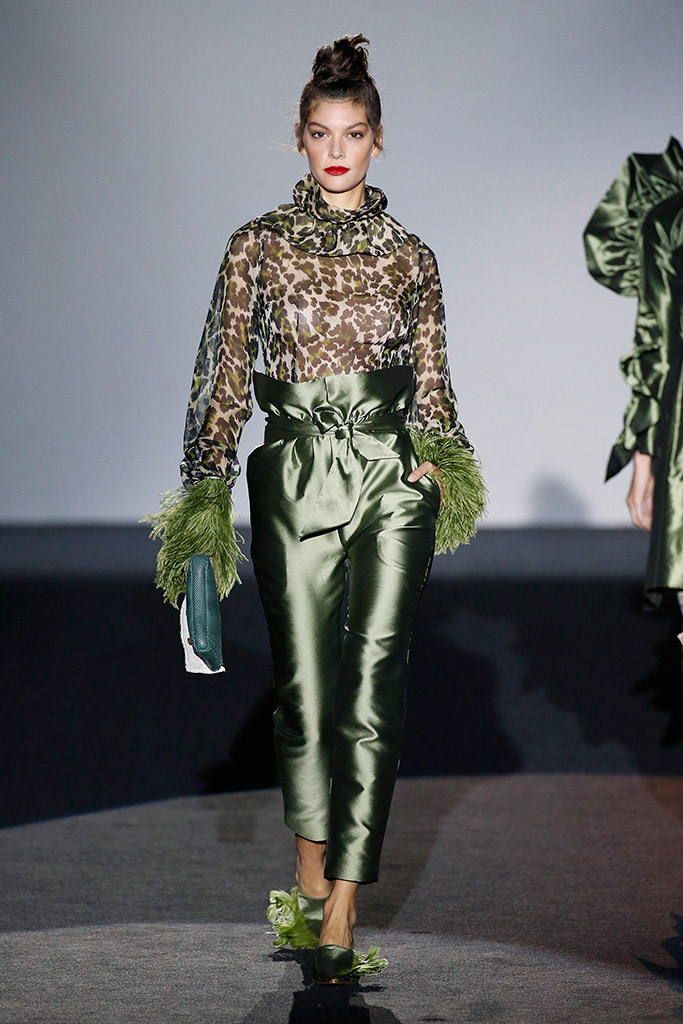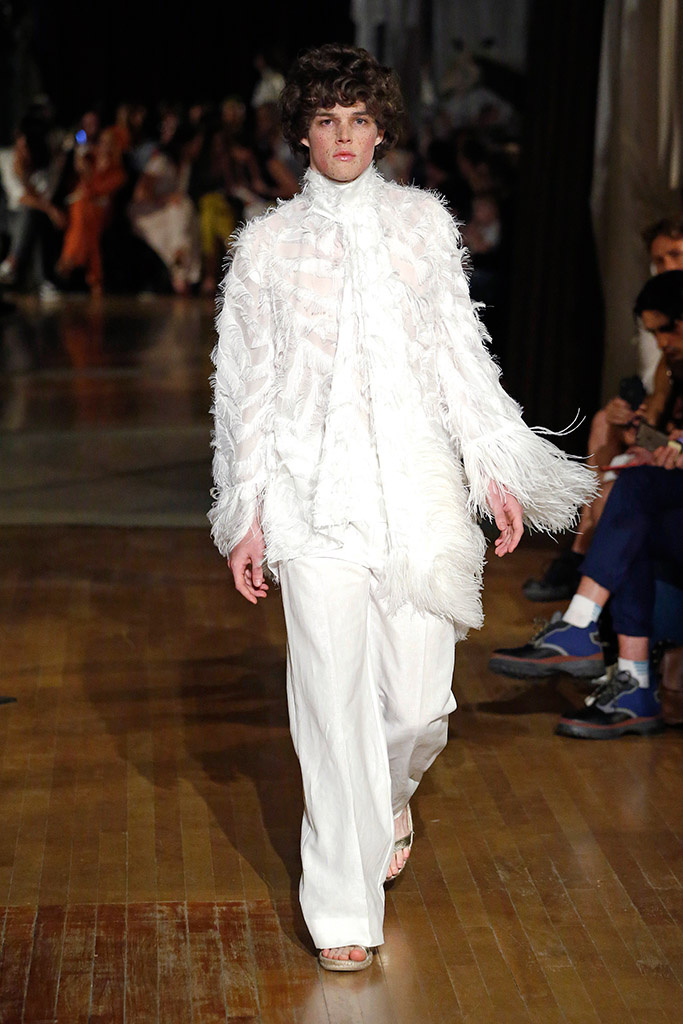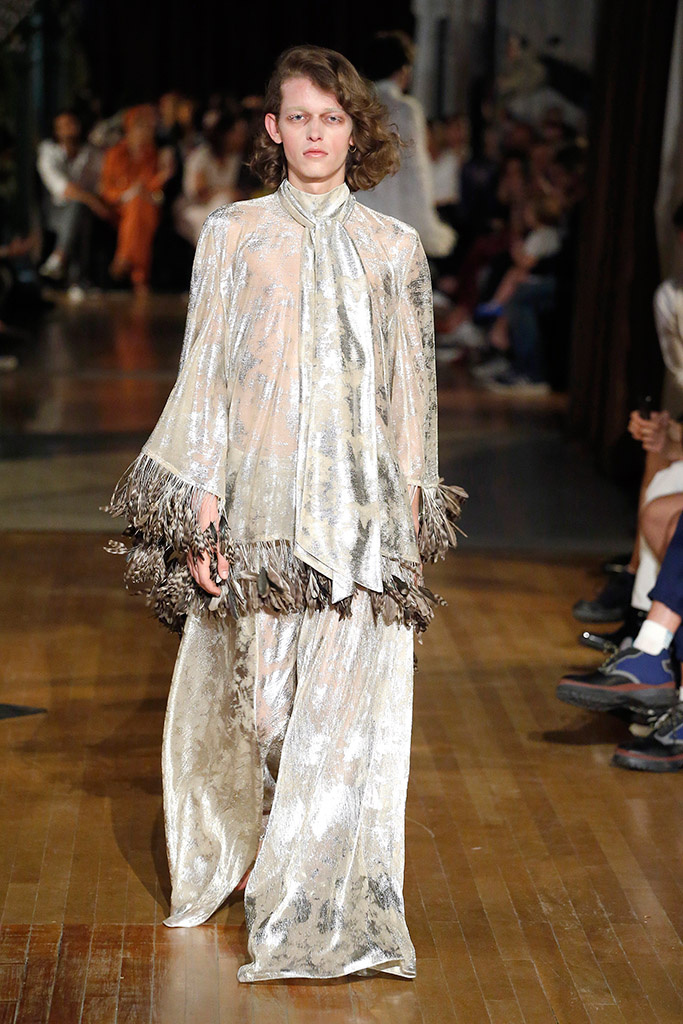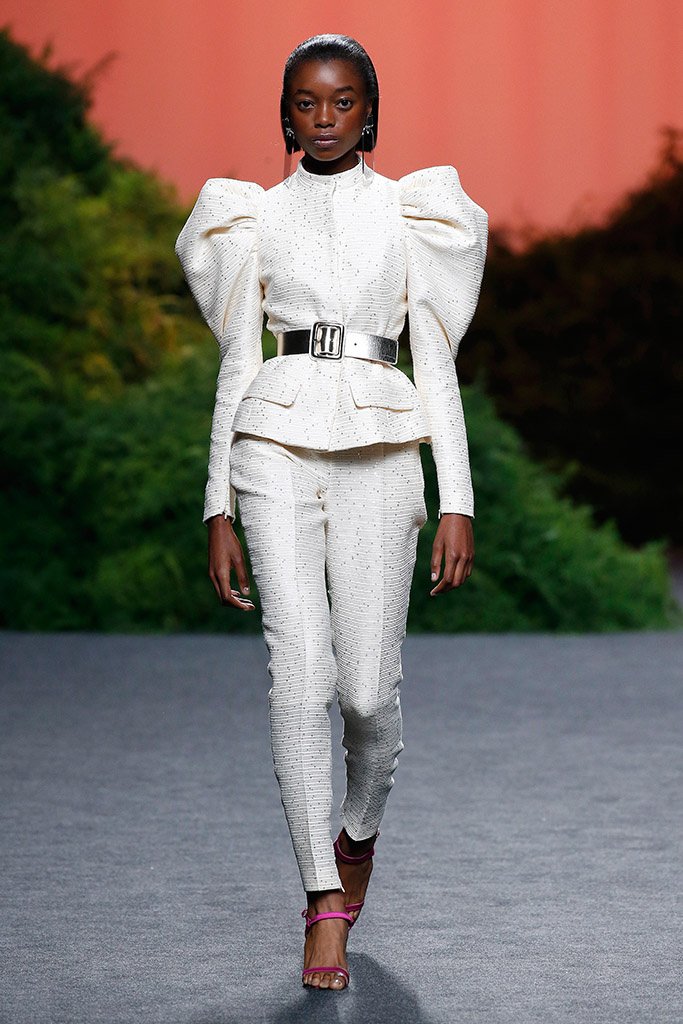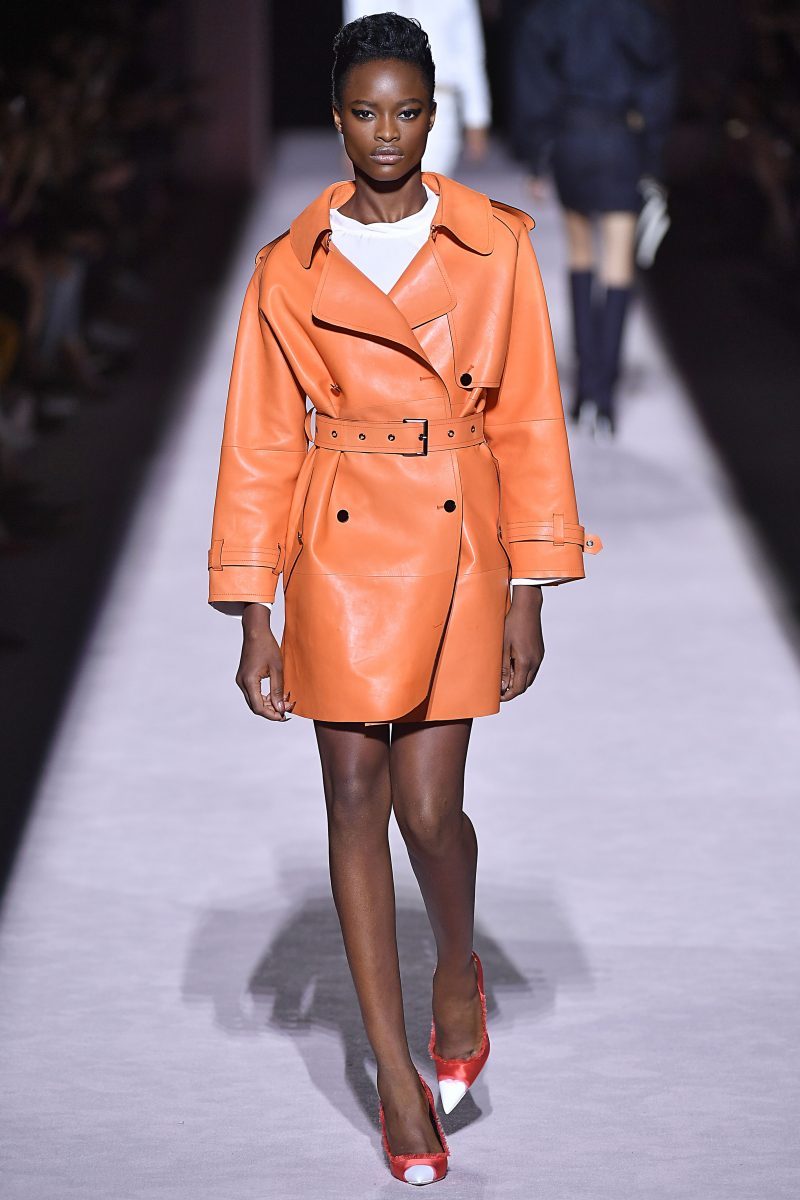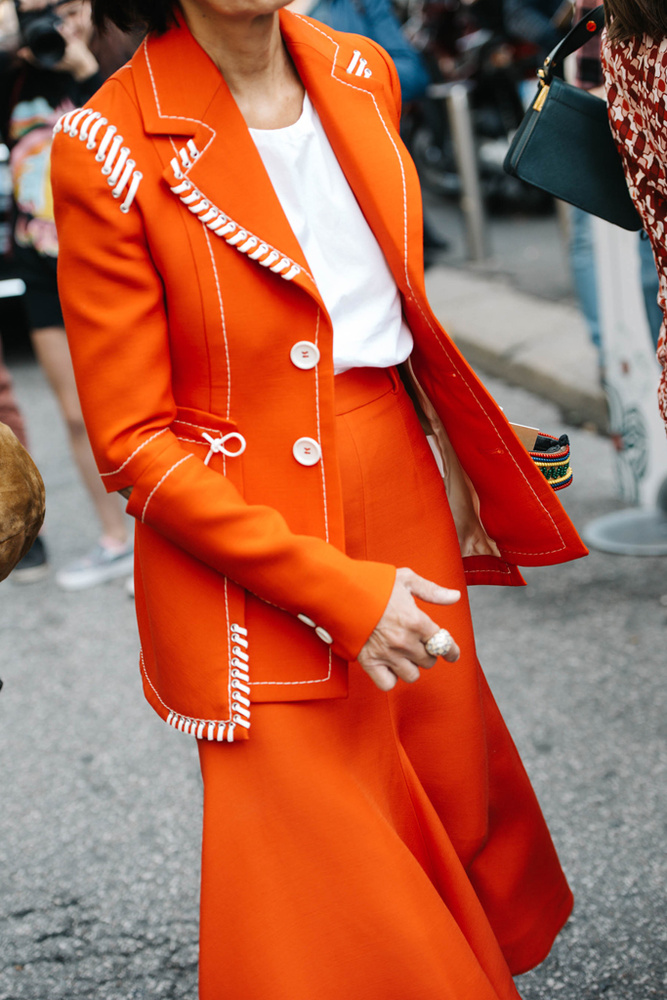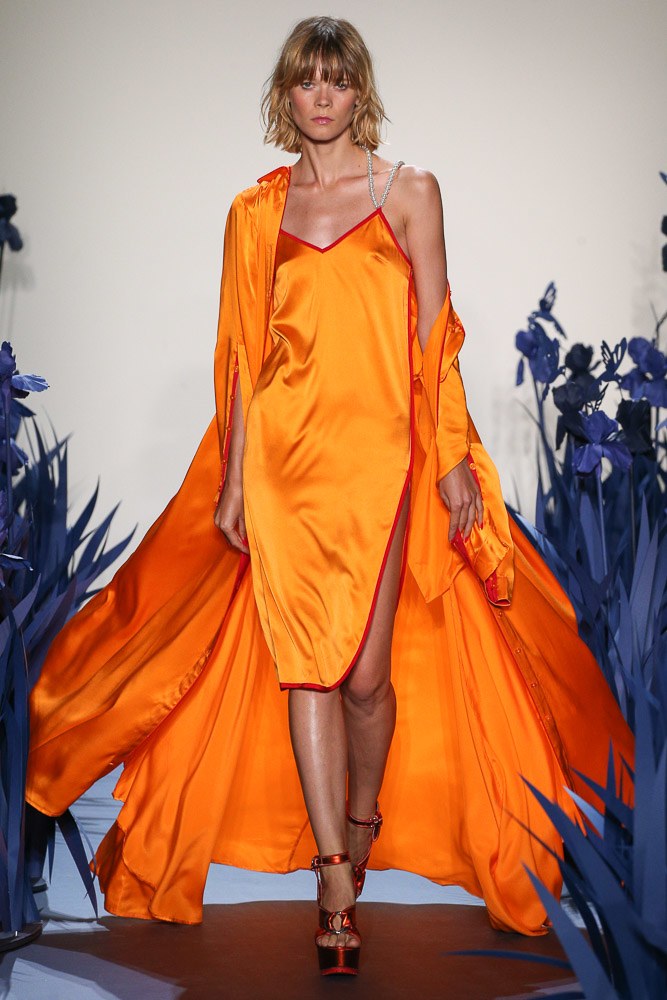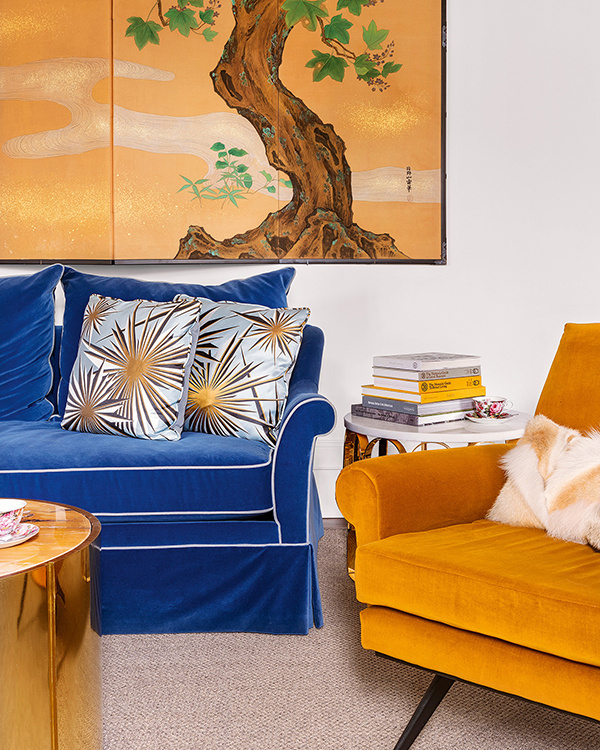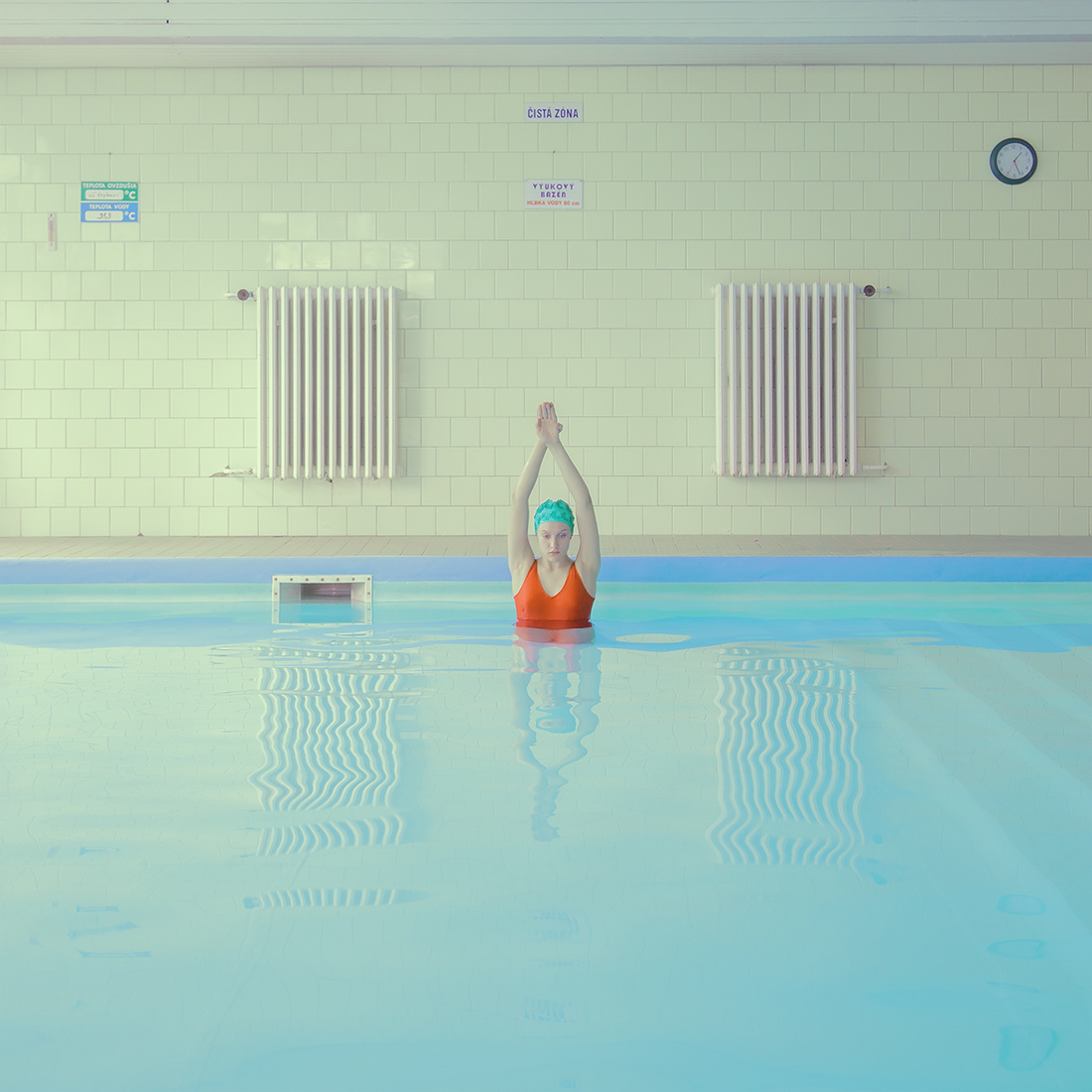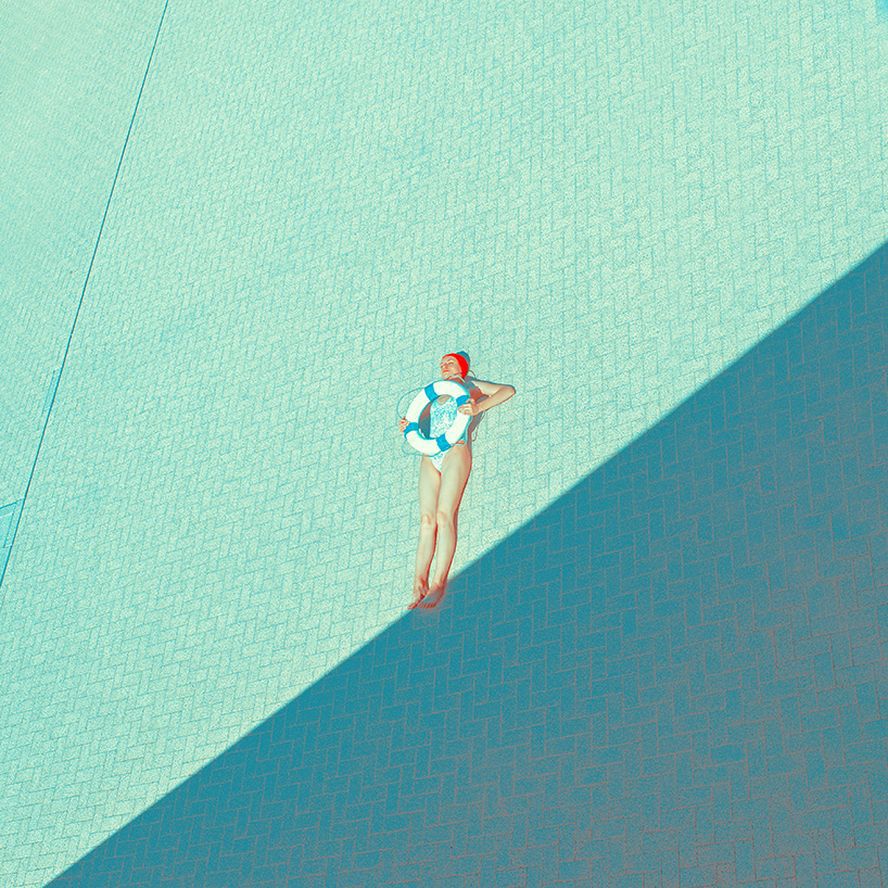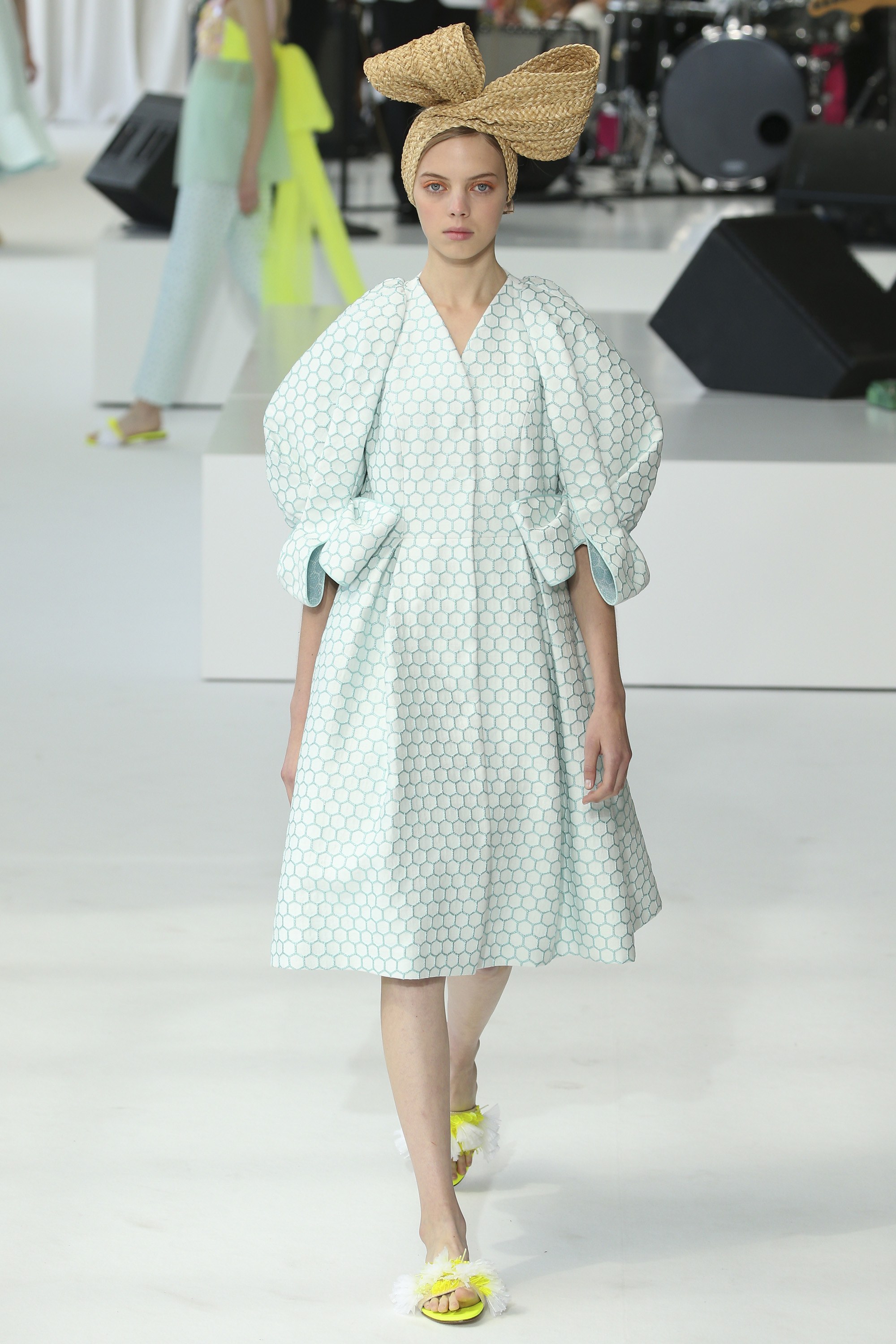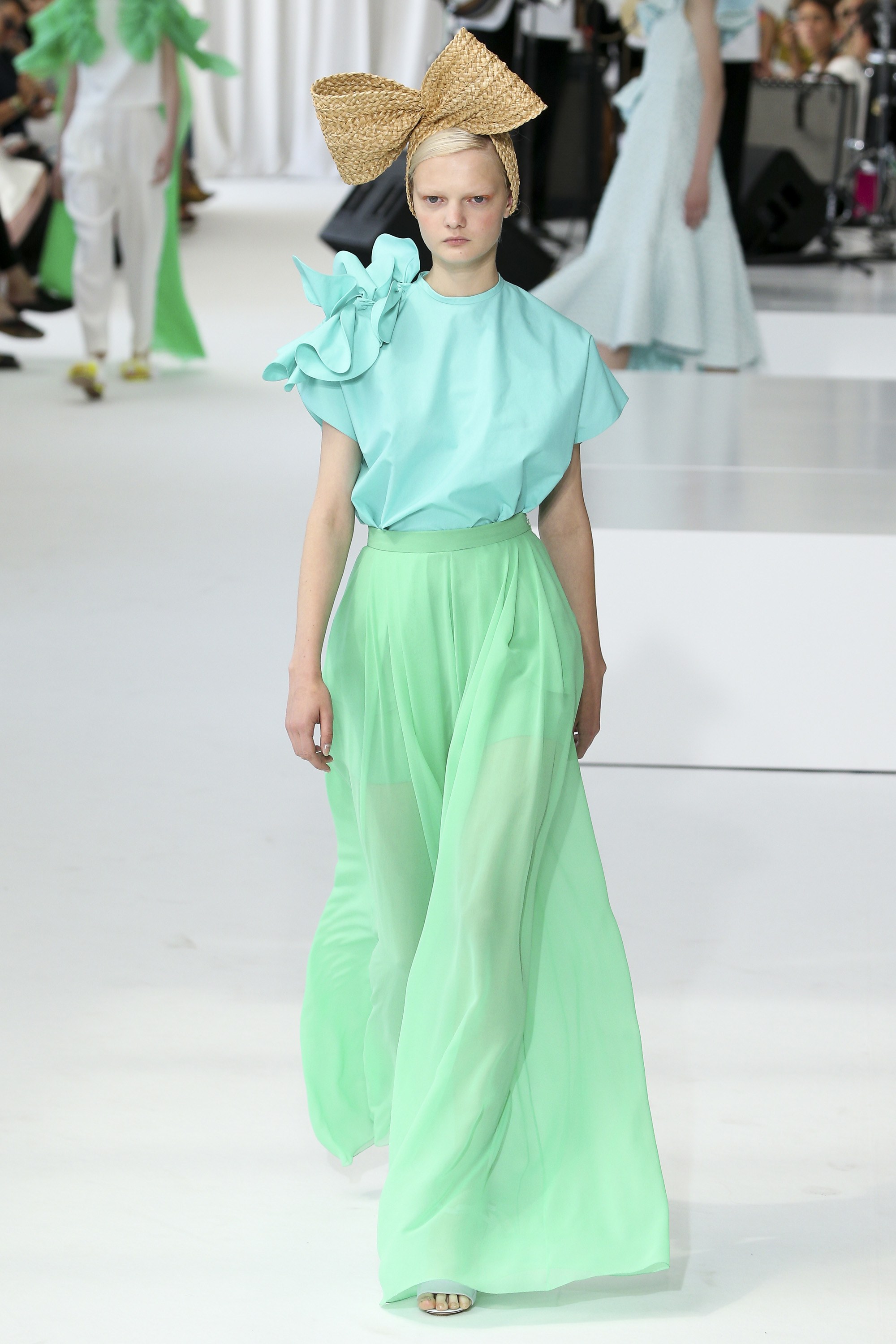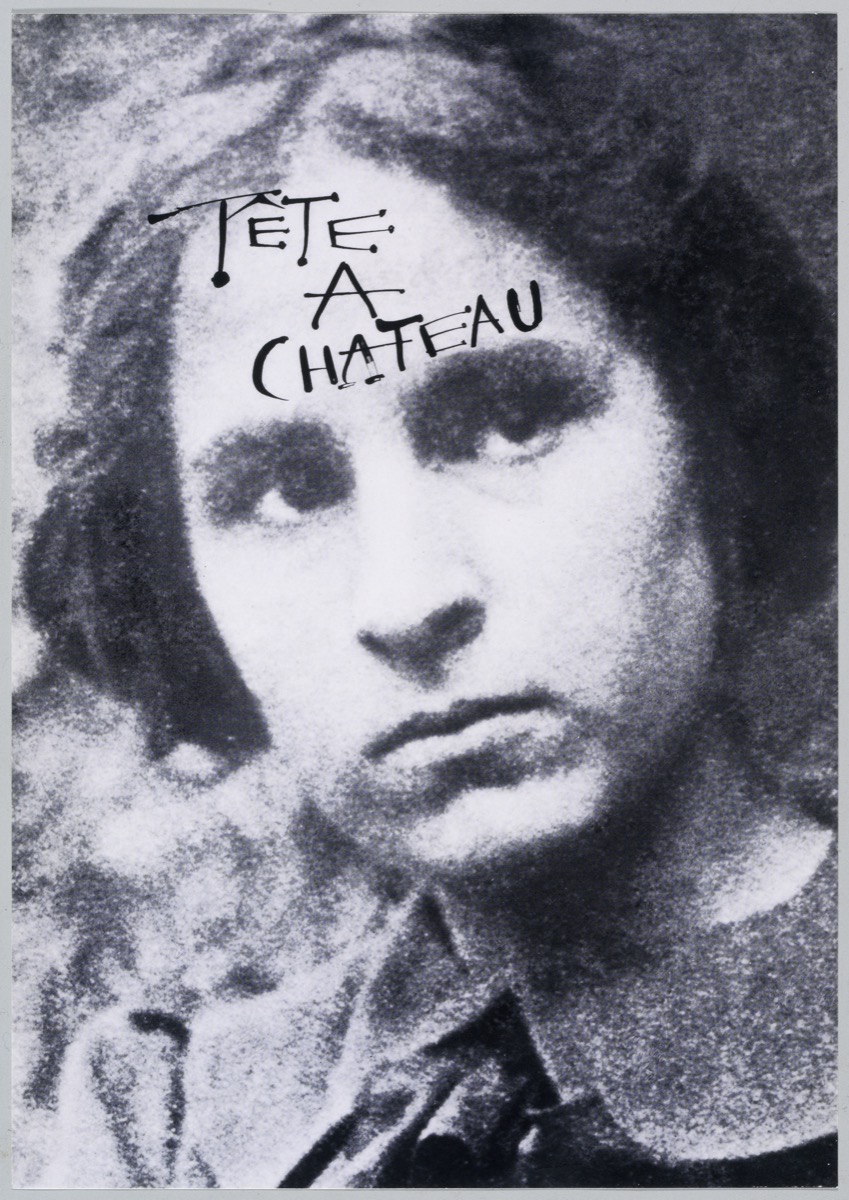
Who really was Gala? Who was this enigmatic woman who never went unnoticed and who raised contradictory feelings between the artists and poets of the time? Was she a muse or a creator? Never before to this day has such a large and detailed exhibition been focused on this visionary figure with the new exhibition Gala Salvador Dalí in Barcelona.
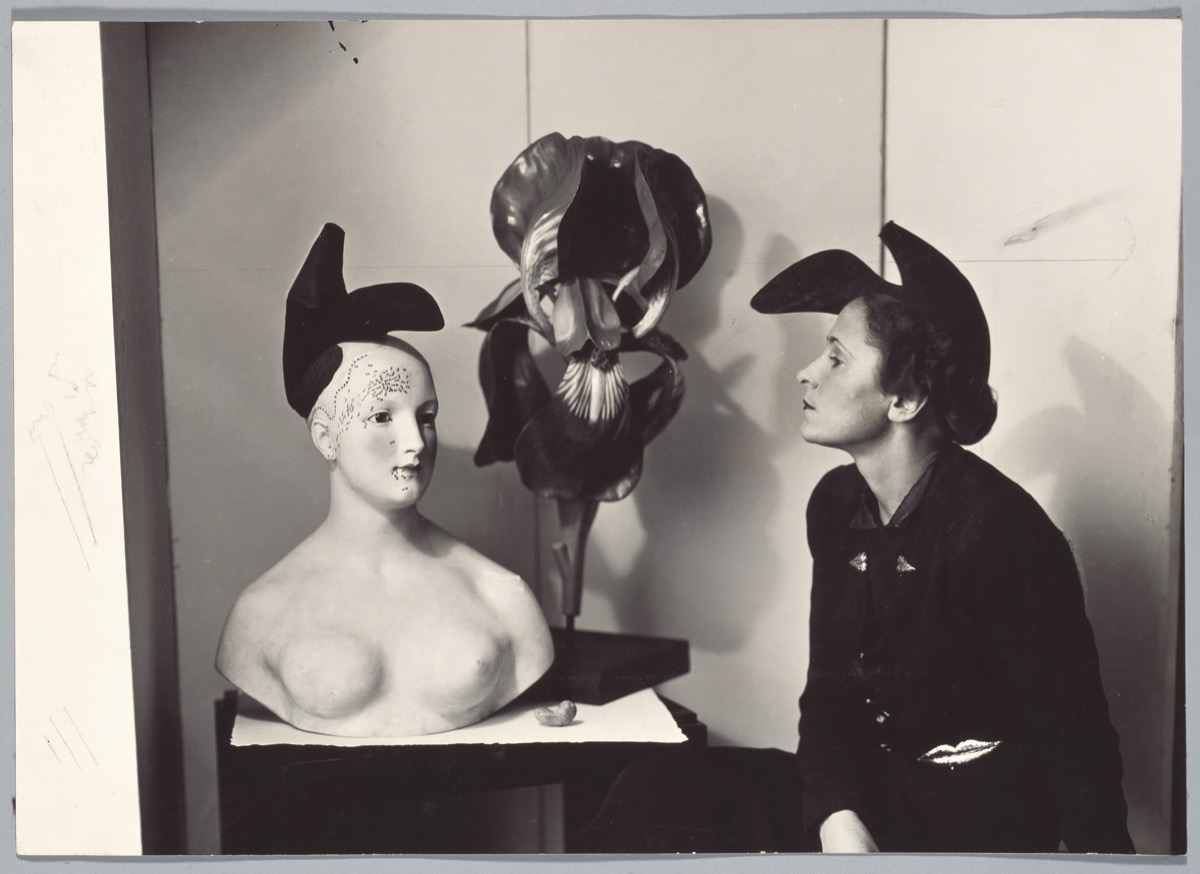
The National Museu d’Art de Catalunya and the Fundació Gala-Salvador Dalí have set a challenge with this event: to unveil Gala, muse, artist and a key figure in twentieth century art. Curated by Estrella de Diego, professor of Art History (UCM), the exhibition explores the life of Gala, companion of Salvador Dalí and before that of the poet Paul Éluard. Sometimes admired, sometimes forgotten or even insulted, Gala is undoubtedly a key character of the avant-garde.
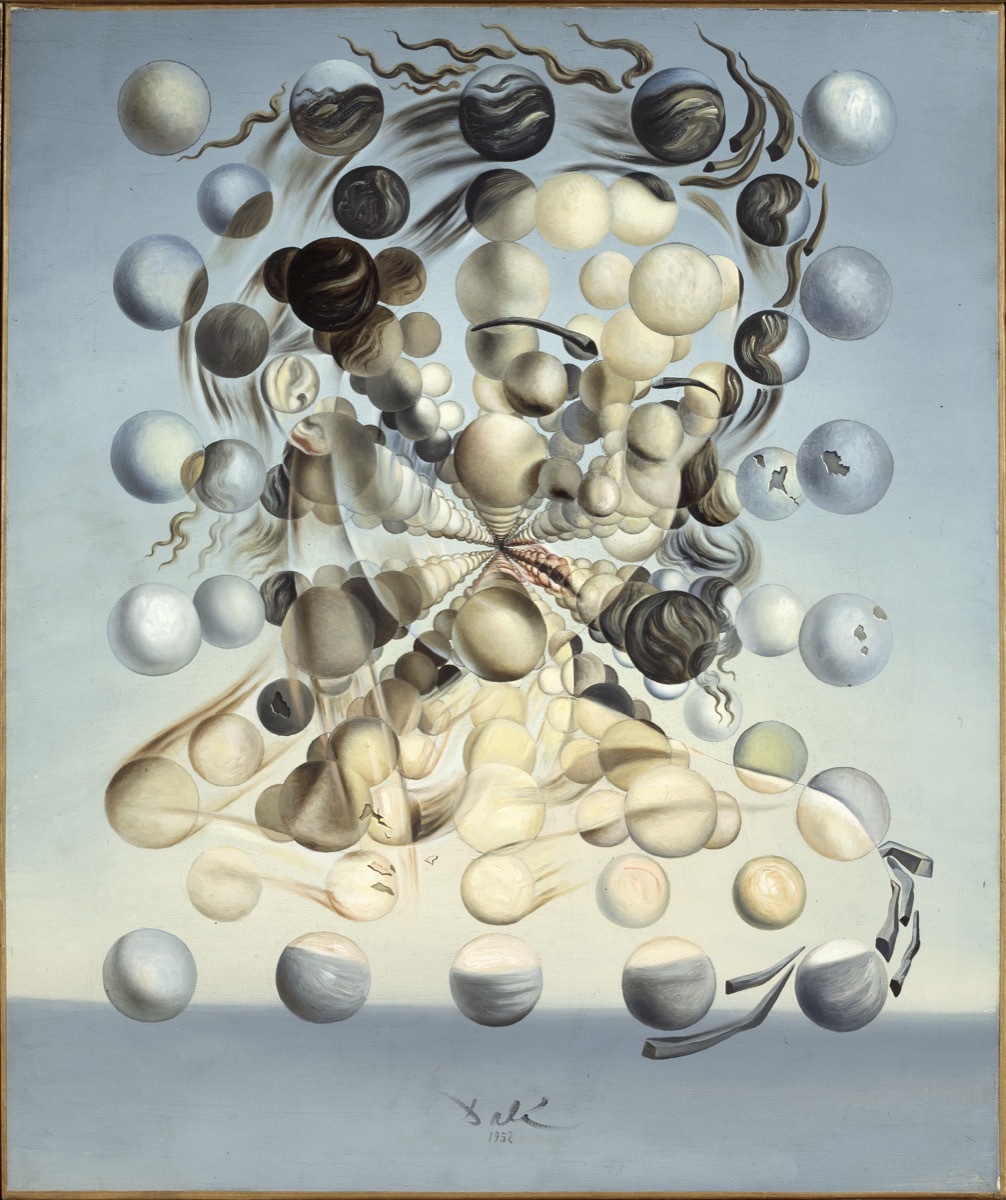
A long journey
Gala (September 7, 1894 – June 10, 1982), was born into a family of intellectuals from Kazan (Russia), and spent her childhood in Moscow. She settled in Switzerland, where she met Paul Éluard, with whom she moved to Paris, where she contacted members of the Surrealist movement, such as Max Ernst.
In 1929 she travelled to Cadaqués, where he met and fell in love with Dalí and they decided to start a life together. For eight years they were in exile in the United States, and on their return they commuted between Portlligat, New York and Paris. Gala was indeed known worldwide as the woman of Salvador Dalí, his muse and the protagonist of some of his paintings. From this point followed the transformation of Gala into an artist in her own right, since the couple opted for an artistic cooperation which meant the shared authorship of some works.

Admired at times, sometimes forgotten or even insulted, Gala is a key figure of the avant-garde.
A key figure
Without Gala the surreal game board would appear incomplete. The paintings of Max Ernst, the photographs of Man Ray and Cecil Beaton and especially the works of Salvador Dalí are much more than portraits: they make up an autobiographical journey in which, as a postmodern heroine, Gala imagined and created her image.
For this reason the show will discover a Gala who is camouflaged as a muse while building her own path as an artist. It is also undeniable that to follow the evolution of Salvador Dalí as a painter she was essential in the artistic development of the Empordà painter. In this sense the exhibition gathers together a very important set of his works, some 60 in total, between oils and drawings. There is also a selection of paintings, drawings and photographs by other artists who gravitated in the surrealist universe with Max Ernst, Picasso, Man Ray and Cecil Beaton or BrassaÏ. Exhibited for the first time too is an interesting set of letters, postcards and books, as well as clothes and personal items from Gala’s toiletries.

As a postmodern heroine, Gala imagined and created her image.
In total, the exhibition brings together some 180 works that allow the reconstruction of the complex and fascinating figure of Gala. The works in the exhibition come mainly from the Dalí Foundation, but there are also objects from private collections and international museums in the United States, Germany, France and Italy, among others.
The Gala Salvador Dalí exhibition will remain open to the public until October 14.


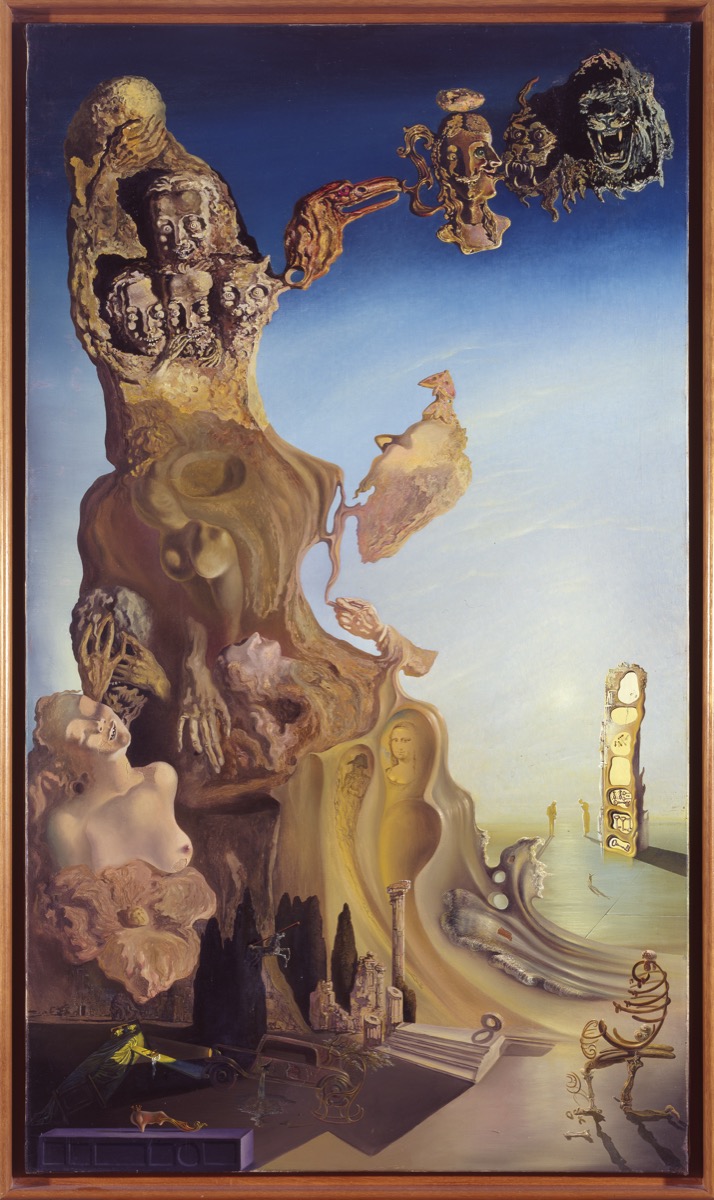
Source: Photos provided by the National Art Museum of Catalonia and the Gala-Salvador Dalí Foundation
Although we have an eye on the 2020 collections – we are working on those fabrics likely to be in fashion in the next couple of years – we want to send off the current collection by focusing our attention on the freshest and lightest fabrics that to a lesser or greater extent always have a certain presence in what is on offer for summer. We’re talking about perforated fabrics that can be presented in various ways as sensual cotton embroidery, with a die-cut effect, in the form of net or laser-cut, which allows just a glimpse of skin. Hinting, but not revealing.
From our analysis of the catwalks we give some examples of these fabrics and notice a chromatic tendency that is practically timeless because it is no longer subject to any season: the black-white binomial.
Cotton embroidery
Cotton embroidery is associated especially with the boho -chic style through oversized garments with maxi volumes. As an example , the designer Isabel Marant has used these fabrics in puffed blouses accompanied by skirts and shorts.
For her part this same fabric also forms part of a dream-like creation from Simone Rocha, through whose designs women can be both naughty and innocent at the same time. Here we focus on her wide cotton dresses, some with stamped fabrics which give them this quality of apparent naïvity. The preferred colour for the die-cut continues to be a pristine white.
Net effect
If before we focused on a more romantic and evocative proposal, net fabrics are at the other extreme in that they highlight the more urbane and contemporary side of women. Woven fabrics are living a moment of splendour by abandoning intimate fashion and conquering new feminine garments such as skirts, dresses and sports-inspired tops. Net effects are combined with each other or superimposed, leaving in their wake a sensual play of transparencies.
From net fabrics we highlight two novelties that have surprised us this season : that of opting almost entirely for the colour black – rejecting all those colourist fantasies – and the application of this fabric to all kinds of complements and accessories. Proof of this are the summer collections by Emporio Armani and Dior.
Perforated
Finally we are highlighting those perforated fabrics where small circles reveal glimpses of the skin and laser cuts on leather or other light, transpirable fabrics. These create unique floral or fantasy prints that emulate the tattoo effect on the skin. In this case we are highlighting the looks of Salvatore Ferragamo, which go beyond mere white to include more daring pastel tones.
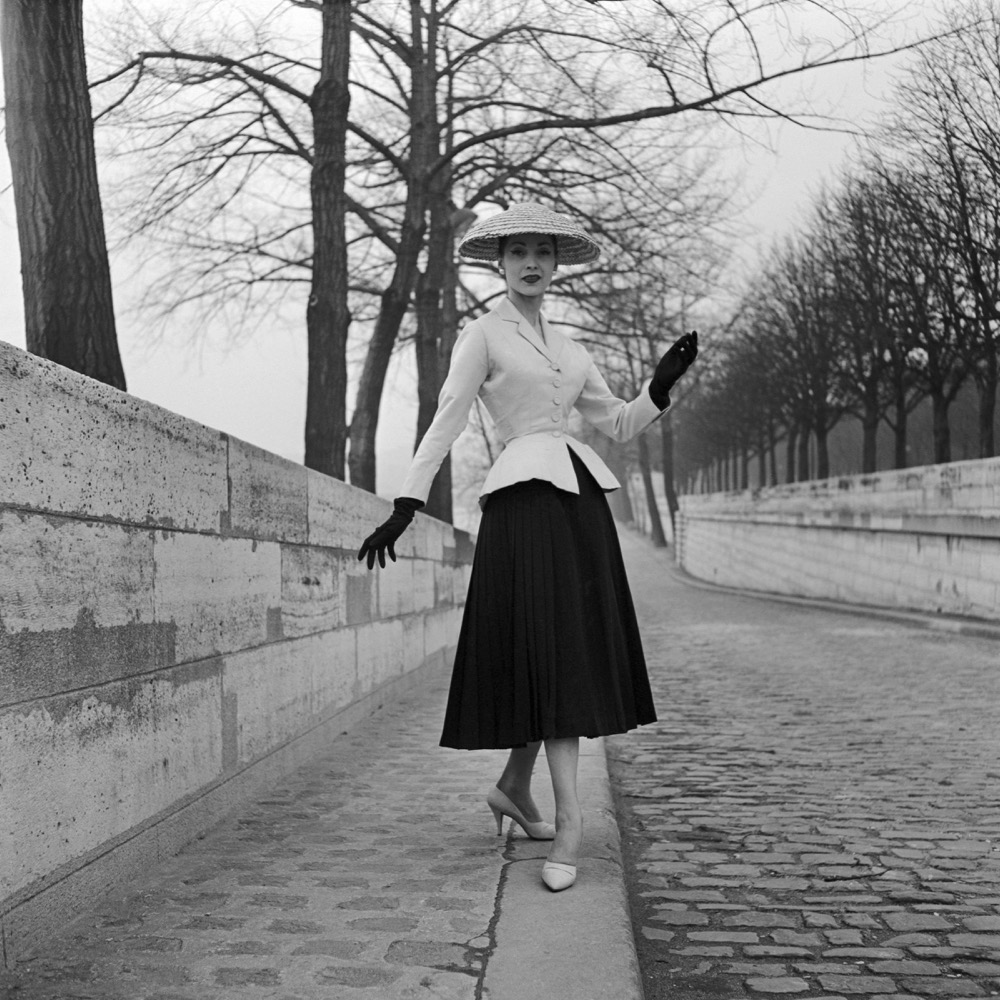
The Christian Dior museum in Granville, hosts a special exhibition that represents the opportunity to see a unique journey through the savoir faire of the famous couturier through its collections. Thus, the exhibition ‘The Treasures of the Collection, 30 years of acquisitions’ represents a selection of 60 Haute Couture dresses, accessories, numerous archival documents, photographs and personal belongings that belonged to Christian Dior. These “treasures” allow us to discover and enjoy the entrepreneurial spirit of the couturier, his career as a creator and his visionary secrets.

The exhibition is located in Villa Les Rhumbs, in the emblematic pink and grey farmhouse where Christian Dior, that reserved and dreamer child, spent his childhood. A place of exuberant vegetation, away from the agitations of the city where the designer found in the English garden his main sources of stylistic inspiration that later, transmitted in the spirit of the Maison Dior. In 1987, the exhibition “Christian Dior, the other himself” organized at the Richard Anacréon Museum of Modern Art led to the creation of a Christian Dior fund. The idea of creating a museum in the house where the great fashion designer was born came true ten years later.
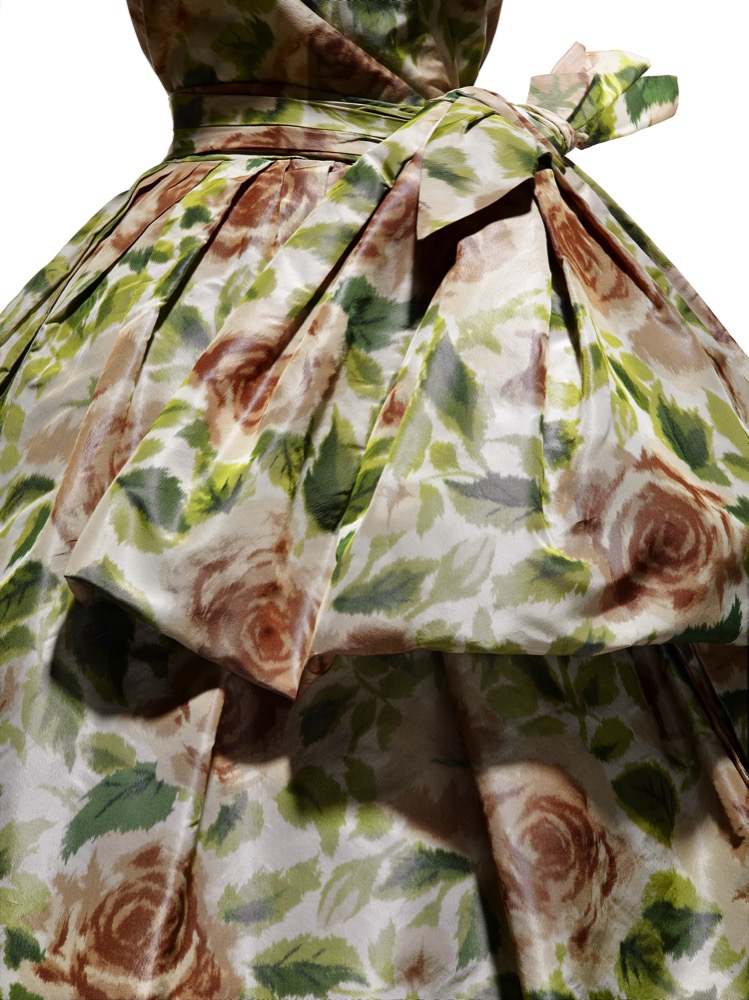
Among the items on display, some curious ones stand out such as a silver chest donated by the Emperor of Japan, or Christian Dior’s personal belongings of that were part of his routine such as his lucky star, his agenda, his watch and his scissors. The museum also features several dresses acquired or donated and restored that are exhibited for the first time to complete the museum’s collections. To close the exhibition, visitors can admire the miniature reproductions of 30 haute couture dresses, created especially for the occasion by the Maison Dior workshops.
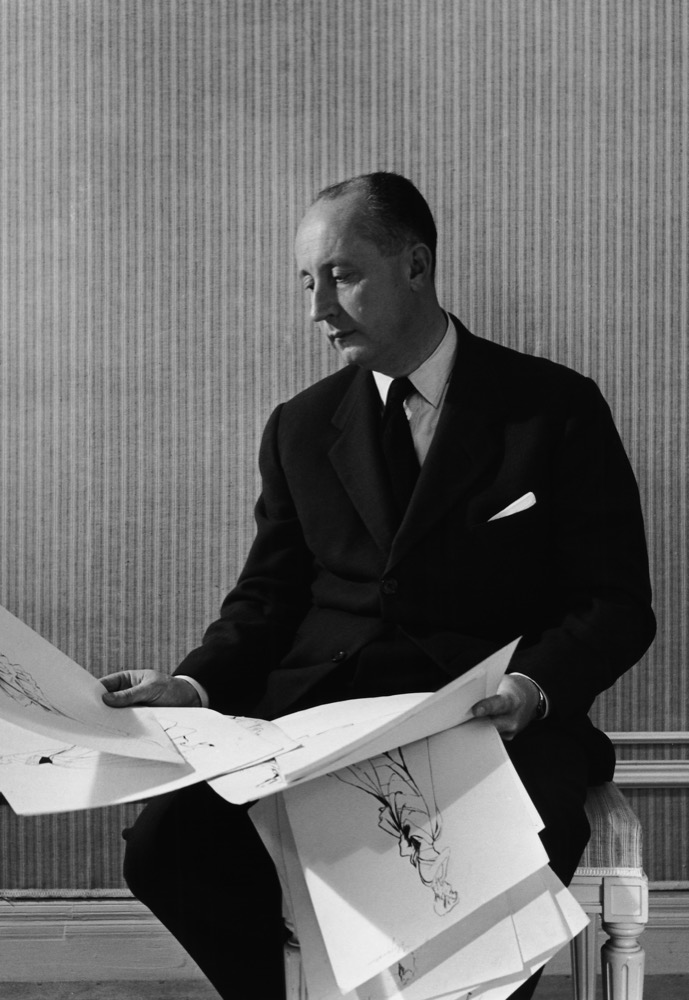
This exhibition, curated by Brigitte Richart -conservative, general curator- , and by Gwénola Fouilleul – in charge of the collections – is also backed up with Florence Müller, scientific adviser, and Barbara Jeauffroy-Mairet , mission manager. The stage design has been commissioned by Alighieri Agency from Simon Jaffrot and Noémie Bourgeois. ‘The Treasures of the Collection, 30 years of acquisitions’ can be visited at the Christian Dior Museum until January 6th, 2019.
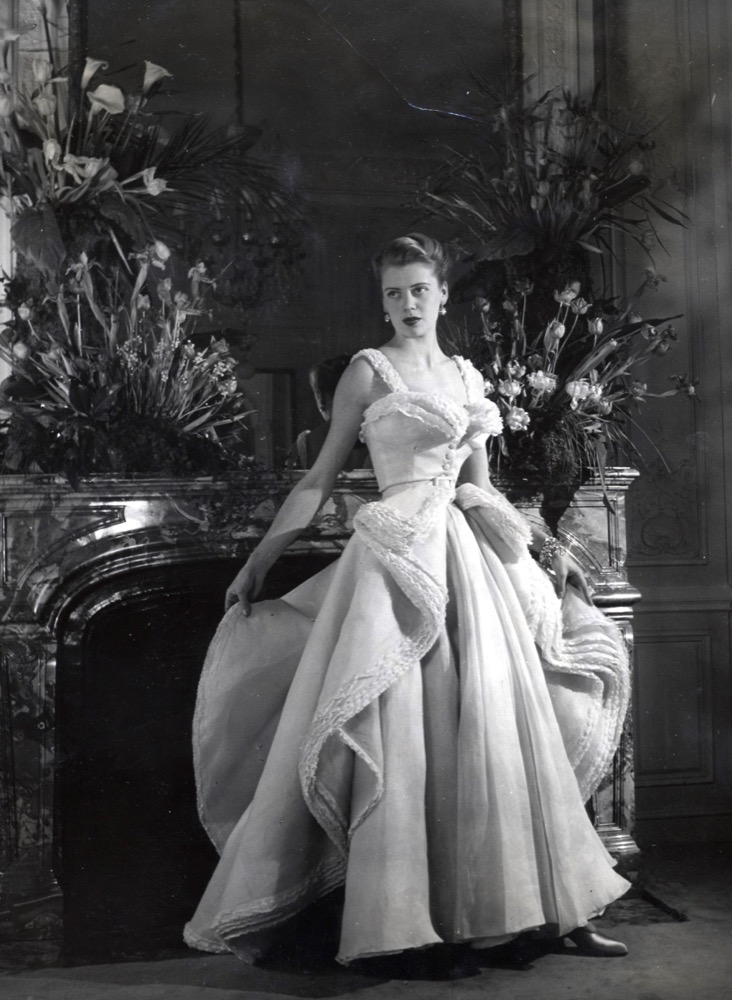

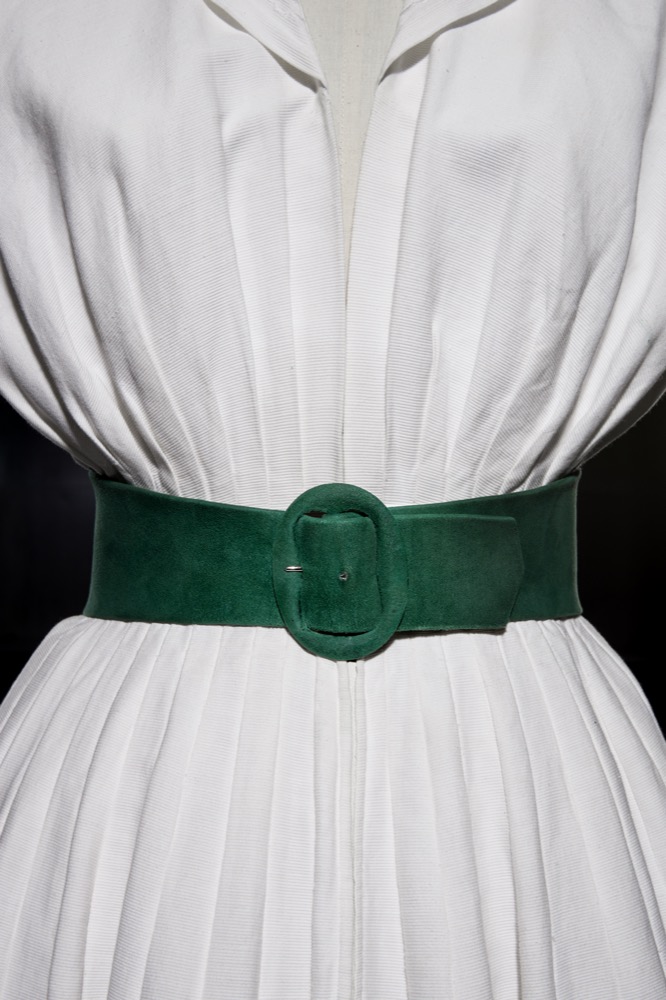
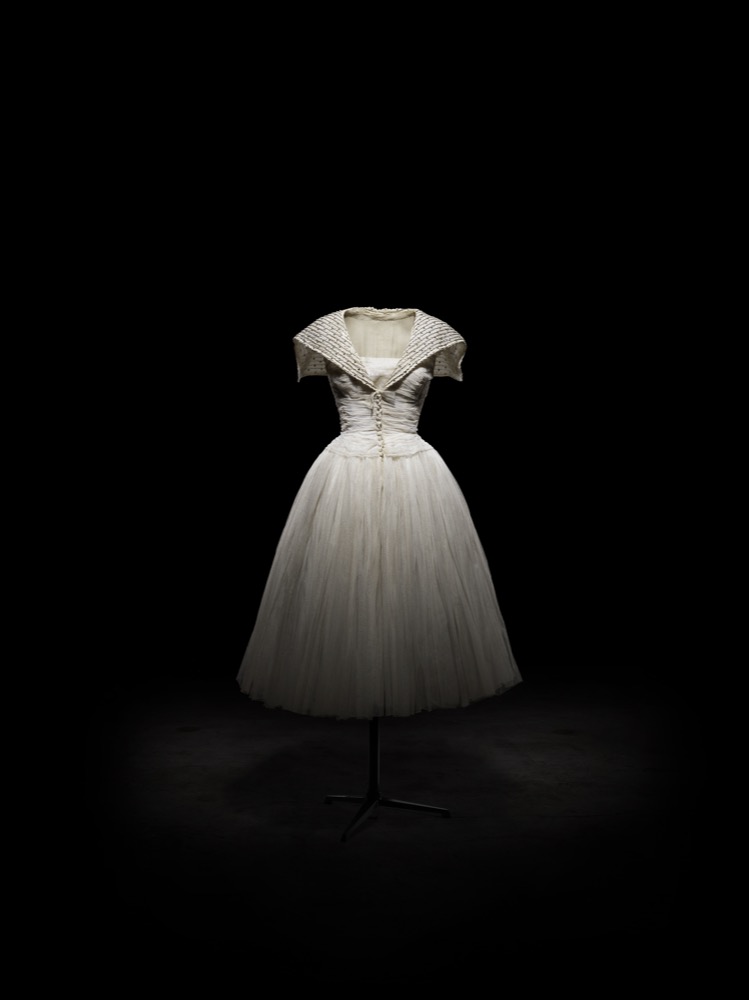

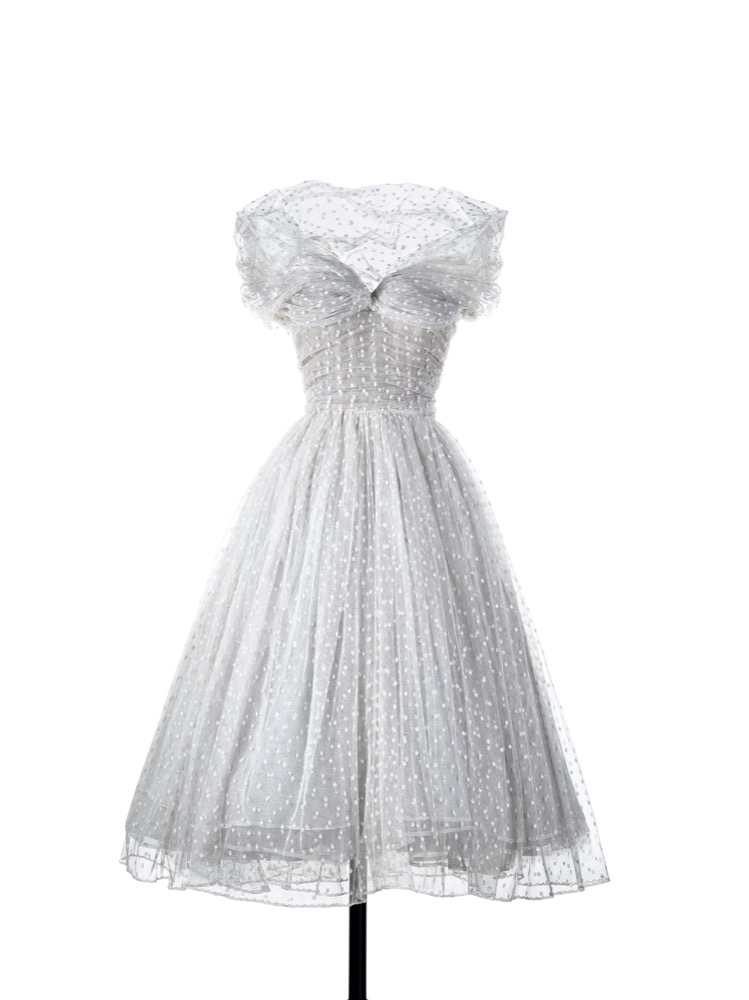
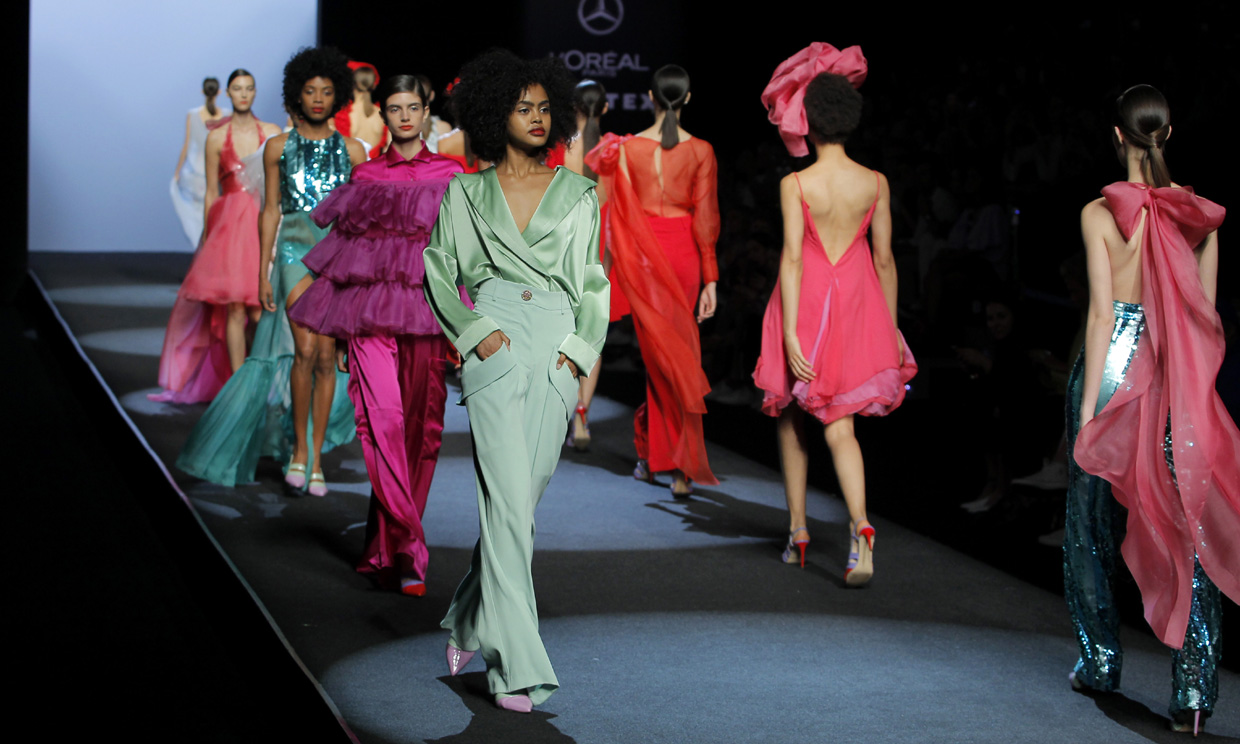
As usual, the Gratacós fabrics have also been present in the latest edition of the Mercedes-Benz Fashion Week Madrid in the Spring-Summer 2019 collections presented by the best designers of current Spanish fashion. Consolidated firms that confide in us such as Juan Duyos, Menchèn Tomás, The 2nd Skin, Malne, Moisés Nieto, Palomo Spain and also young designers who are building a promising future in the sector such as Juan Carlos Pajares who is already integrated into the official calendar of the Madrid show, after his participation in the catwalks of emerging talents.
Here we reveal some details of the collections for the next summer season, as well as the fabrics and colours that were shown that most caught our attention. Roughly speaking, we would highlight the success of colour, the fabrics that radiate light, the metallic fibres and the sequins that also conquer the street looks and add that air of sophistication.
Duyos’ light
Juan Duyos pays homage to the light, in an ode to feminine beauty that shines the brightest. It is for this reason that in the collection ‘Light’, luminous fabrics such as metallic, paillettes, lurex, lame and several metallic threads stand out and capture all the flashes – and looks – on Madrid’s catwalk. In contrast to the bright materials, this proposal is tinted in ice green, lavender, lime or peach that coexist with gold and silver.
The strength of Anonymous women
Juan Carlos Pajares, one of the most successful emerging talents of Spanish fashion always surprises on the Spanish catwalk. This time, the designer from Madrid has found in the Amazons his source of inspiration in a collection that pays tribute to all those women who hid behind pseudonyms and even had to stop working or doing what they were passionate about. In the show, this spirit is transmitted through colour with a palette that includes pinks, greens, oranges, blues and greys. The blends of textures, oriental reminiscence prints and the superposition of urban garments made in formal fabrics are also noteworthy: mikado and silk ottomans, cottons, neoprenes, crepes, paillettes or vichys with touches of lurex.
In cuban lands
“Me desordeno, amor, me desordeno”, recites the poem by Carilda Oliver, one of the most reknowned contemporary poetesses in Cuba who has inspired the new Menchén Tomàs collection together with other artists such as Catalina Lasa and Lidia Ríos who lived in the greatest splendor of Cuban society before the revolution. It is precisely in the heart of the Havana where the Barcelona designer finds inspiration for her spring-summer fashion show. A sophisticated proposal arranged in three parts. The first begins with pure white, “the colour of Santeria” according to the designer ” with textured details. In the second part, the clothes turn quartz, the stone of the subsoil of the island. In the last part, there is an explosion of colour resulting in a happy and optimistic result.
Malne and the empowered woman
The creative duo behind Malne: Paloma Álvarez and Juanjo Mánez have presented a collection that plays with the mix & match in fabrics and prints for women who feel strong and free and transmit that spirit of rebellion. The animal print combines perfectly with dancer touches and maxi volumes with ruffles and feathers forming a solid and well-constructed proposal that structures the entire collection. Only suitable for the daring…
Palomo Spain
The enfant terrible of Spanish fashion, who revolutionizes the male wardrobe with his glamorous looks. This time he has inspired himself in the cabinets of curiosities to dress men in sophisticated style. Thus, Alejandro Gómez Palomo fills the catwalk with his exotic models that include wild silks and extravagant volumes, tortoiseshell buttons, sophisticated outfits in velvet jersey that are crowned with luxurious mosquito-net hats inspired by the explorers of the XIX century. The proposal by Palomo Spain is enriching, the kaftans, the jacket sets and the skirts in laminated fabrics and linen for the pure and traditional lines.
A full volumen Spring
Juan Carlos Fernández and Antonio Burillo presented ‘The Garden’, a dreamlike proposal inspired by a romantic garden. In this spring collection, The 2nd Skin focuses on dresses as main axis, maxi volumes, oversize garments and floral print as the basis of this evocative collection with a marked eighties air. In terms of fabrics, the mikados stand out, embroidered sequins -symbol of the brand- along with other lighter ones like tulle or silk chiffon.
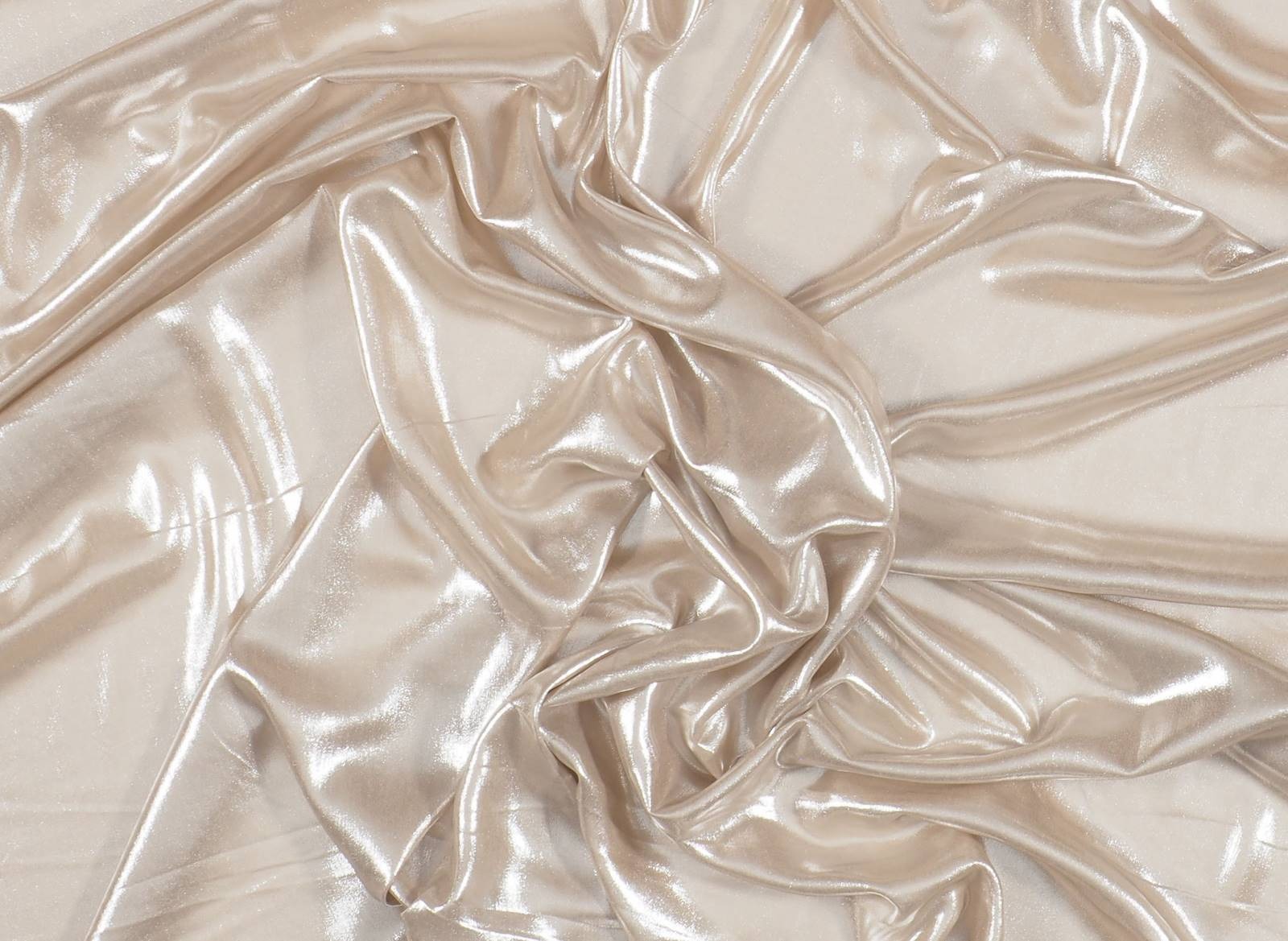
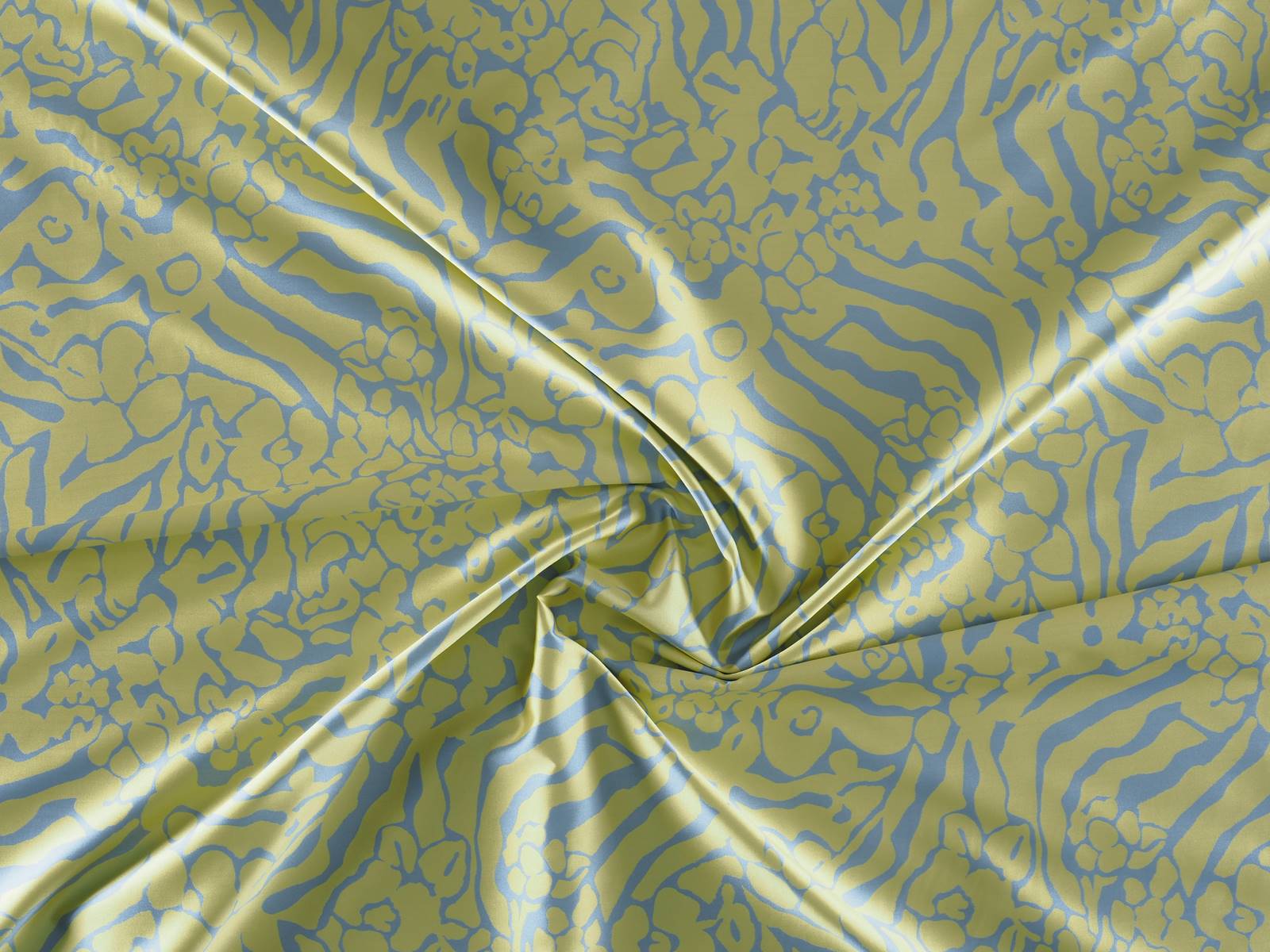
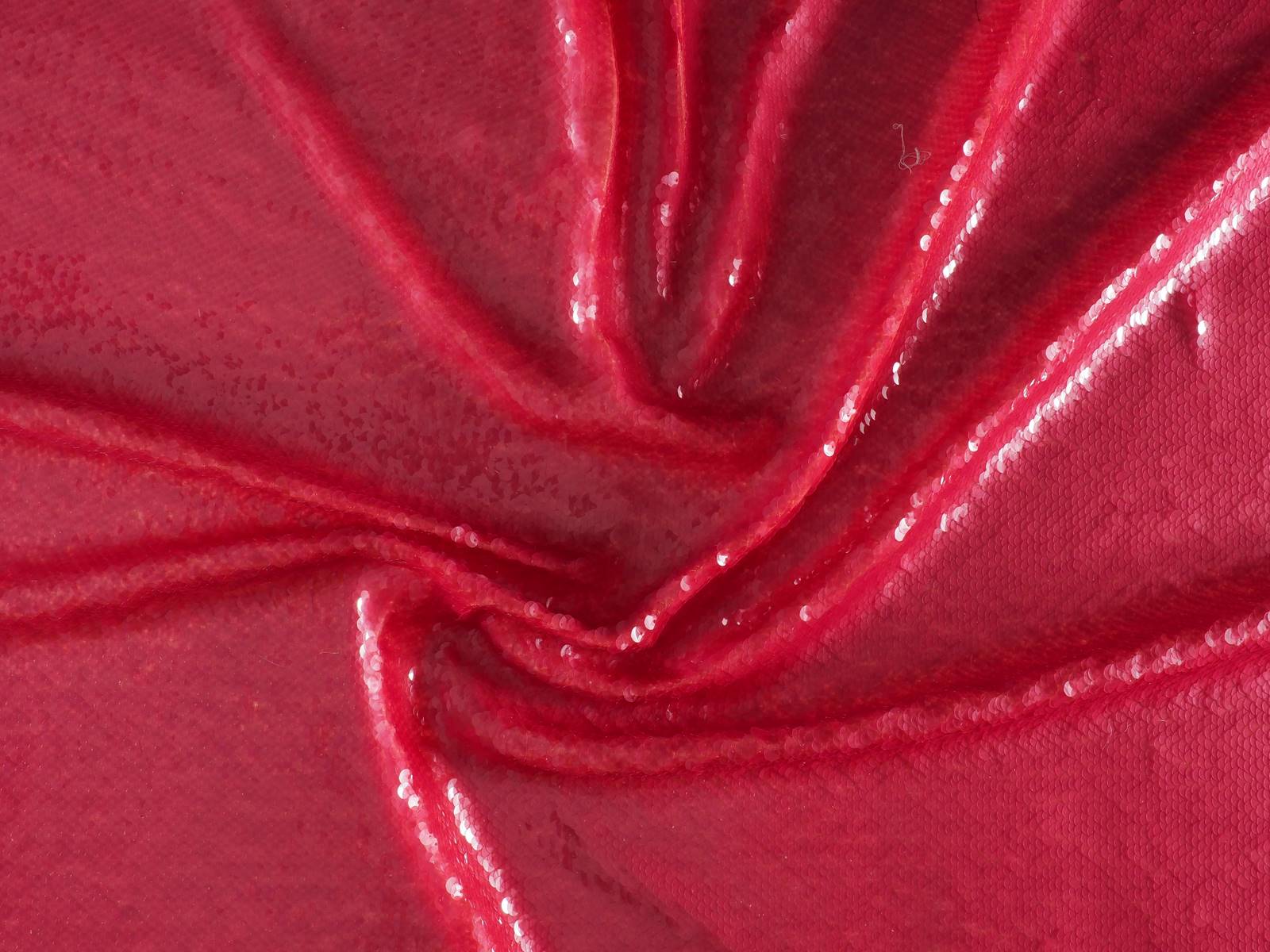
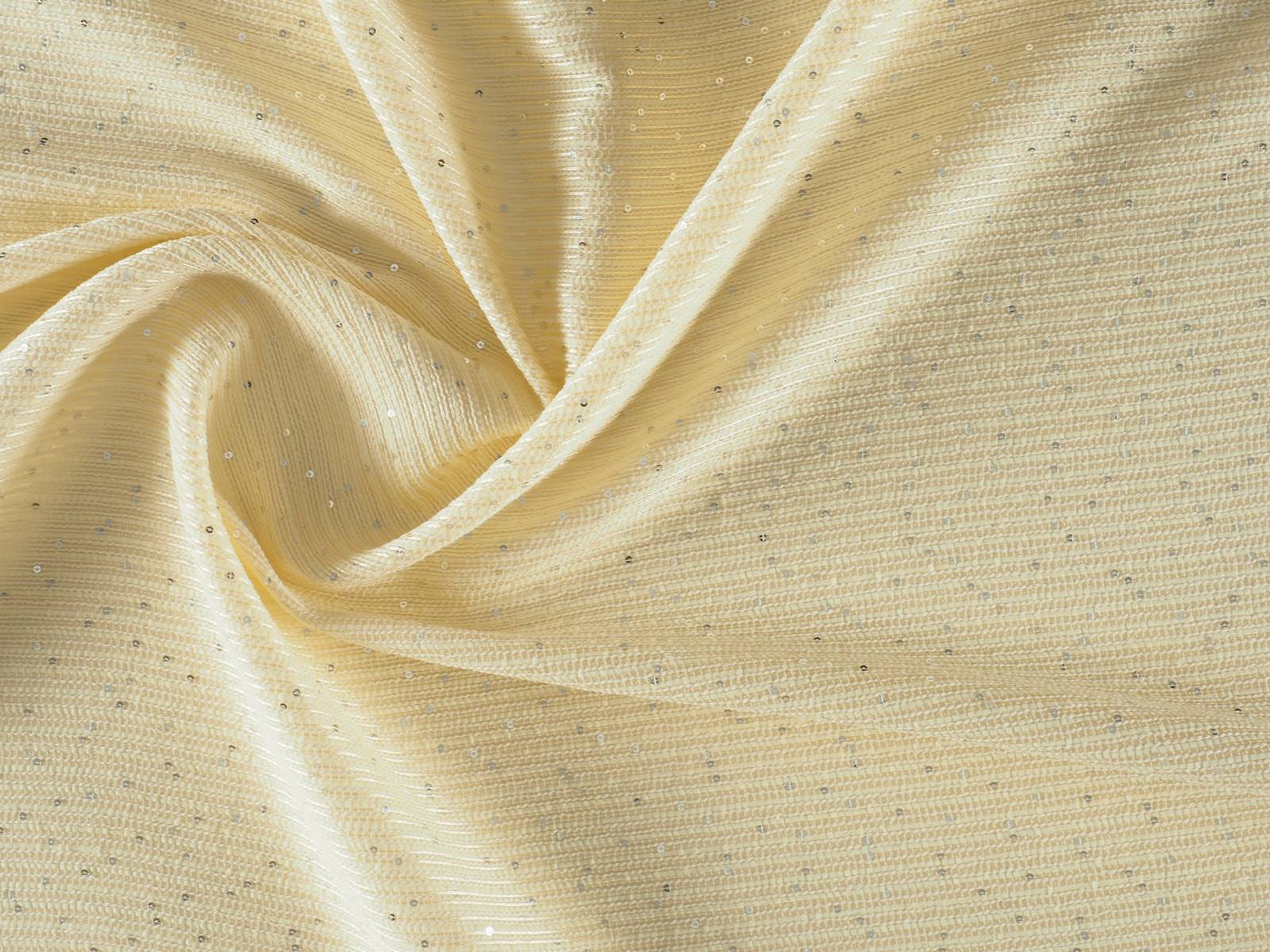
Sorry, this entry is only available in European Spanish.
Sorry, this entry is only available in European Spanish.
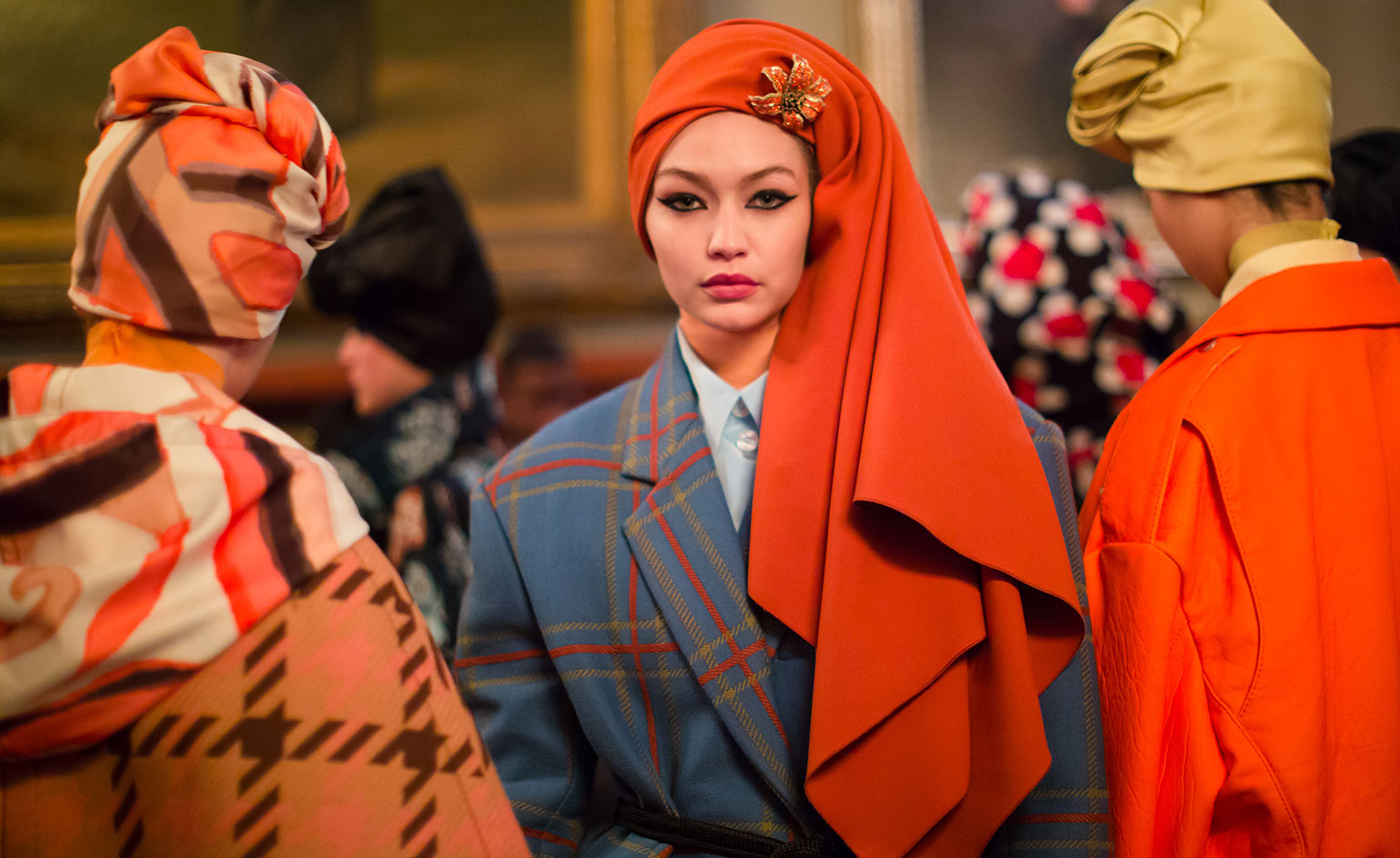
In fashion and speaking in general terms, what is the deal with us and orange? It is appealing to the naked eye, favours the skin tone and with its vitality lights up garments in neutral tones, brightening up any summer or winter look. Knowing all these goods traits, why are consumers so reluctant to bet on this colour? Hereunder, we position orange in the place it deserves.
It is true, orange is not an easy colour to carry off and the excess of stridency that the hottest tones sometimes entail, makes it difficult to mix with the majority. However, there are many celebrities and professionals in the industry who have opted for this tone so far this year in the street style of the main fashion catwalks. And if the sector has surrendered to radiant yellow, the hardest tone of all, why would the same thing not happen to orange?
 |
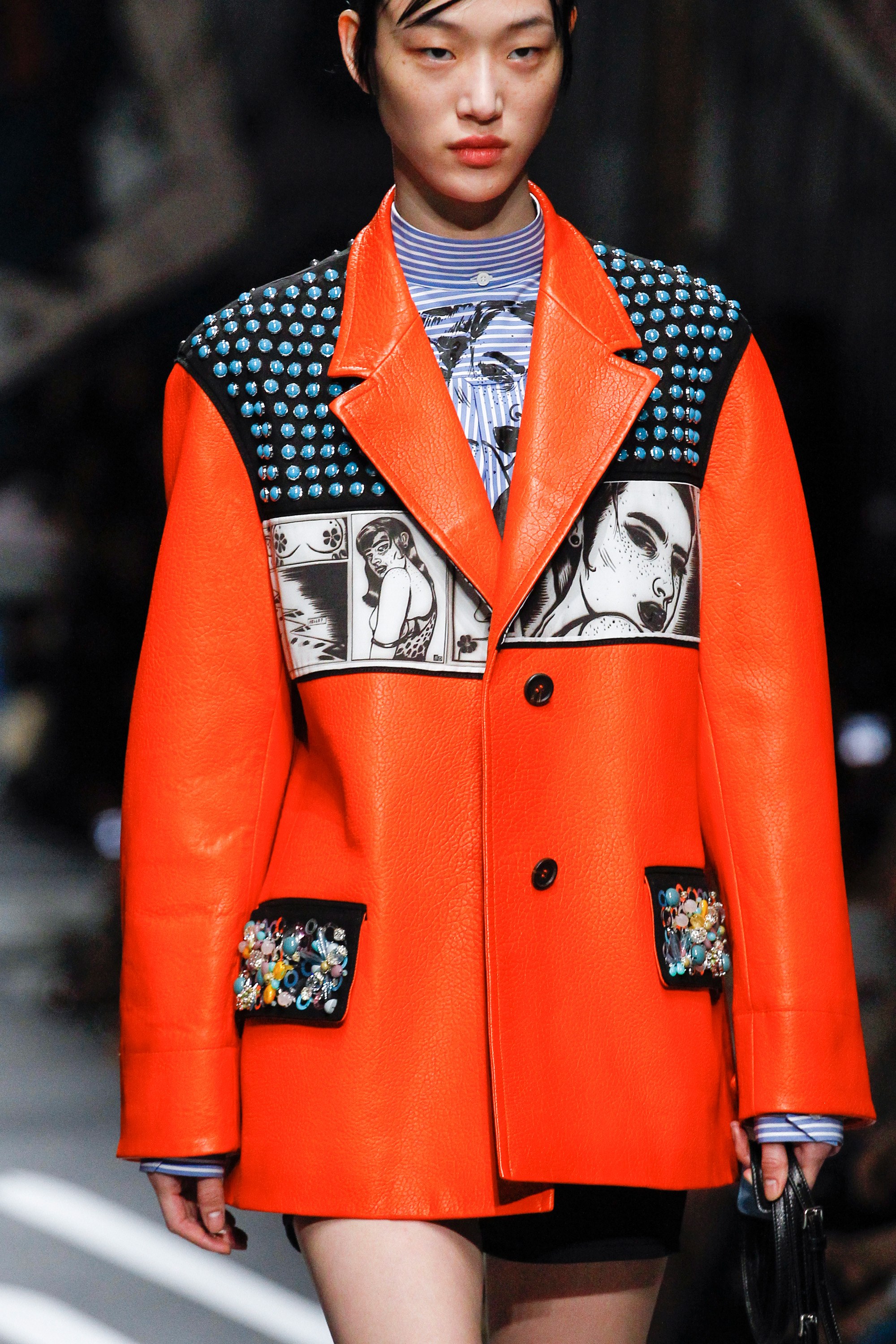 |
Orange is a warm color that radiates enthusiasm, energy, joy and freshness. It is the tone that is linked to creativity, fun, triumph and spontaneity. A tone that can be vibrant and dull in turn, without losing all of its attributes. This Spring- Summer 2018 season, the colour that has dominated the catwalk, according to Pantone is called Safety Orange. A striking and bright tone, which pulls towards neon and attracts everyones attention. A colour ironically translated into “security orange” that contrasts with the rest and rarely goes unnoticed, tos ay the least it is practically impossible. Firms such as Jeremy Scott, Tom Ford, Adam Selman, Marc Jacobs or Calvin Klein have not hesitated to take it on stage.
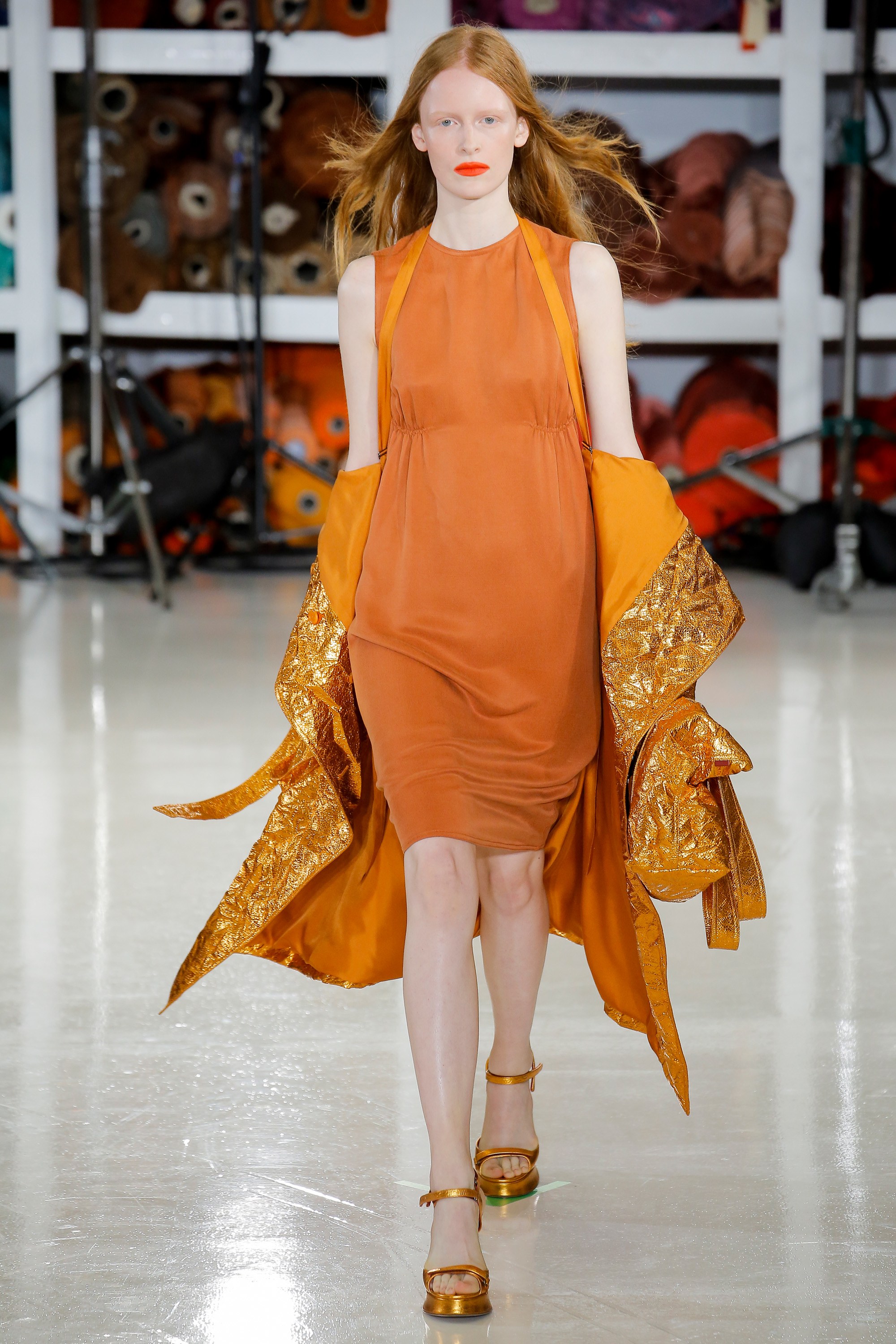 |
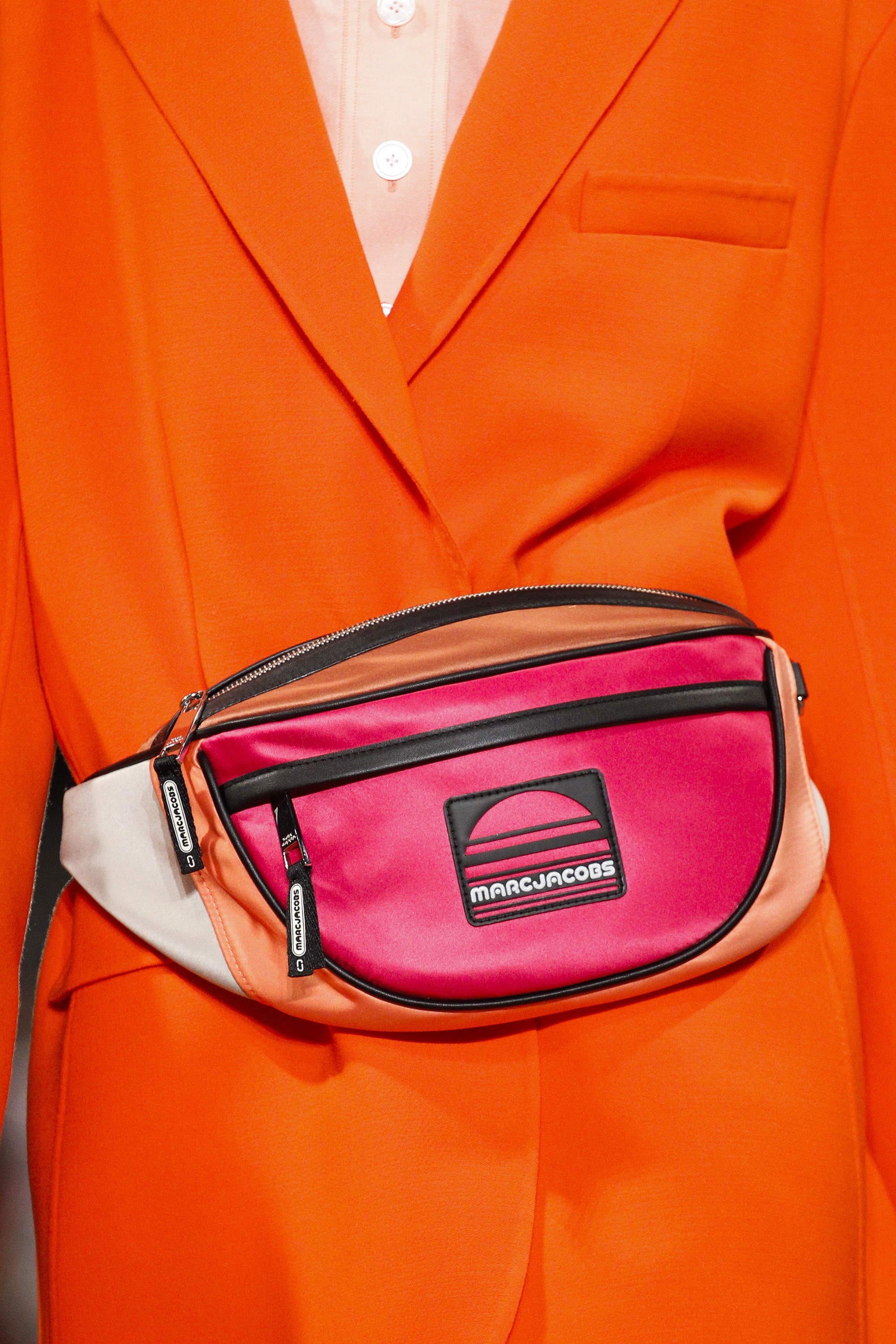 |
And how is it combined? The first and most daring option is to wear it in its total look version: from head to toe in the same tone or varying the hue to others more pale like peach: one bright garment mixed with a duller one. In this case it works with a long dress, jumpsuit or a two piece outfit. The most daring combination would be with fuchsia pink or Klein blue creating attractive colour blocks. The second option involves opting for an orange garment that is excessive and that highlights the whole look. The rest will therefore have to be combined with neutral tones such as nudes , earths, beige or rose so that they do not steal the garment’s protagonism. A good idea, for example, would be to opt for a jacket with soft textures or a printed blazer where orange is the main color. Orange also works very well with jeans and denim garments, adding that elemento of joviality and ease to any outfit. Finally, a combination that also works is to delegate this energetic color in a modest background playing only with accessories such as bags or shoes. Any detail counts!
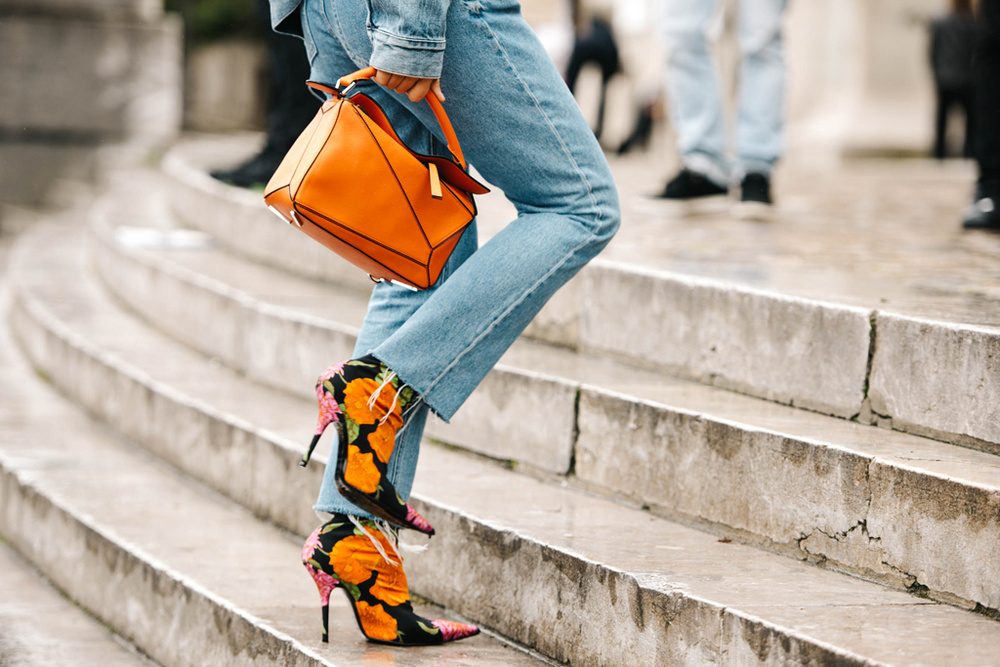
In Gratacós we like orange in any season. Whether it be in its most lit up version in silks, tulles or chiffons, or in pastel shades in subtle jacquards or fine texture embroidery. We also like prints where orange intermingles with other colours in the form of flowers, stripes or fantasy prints , to cite a couple of examples. We invite you to discover the whole selection!
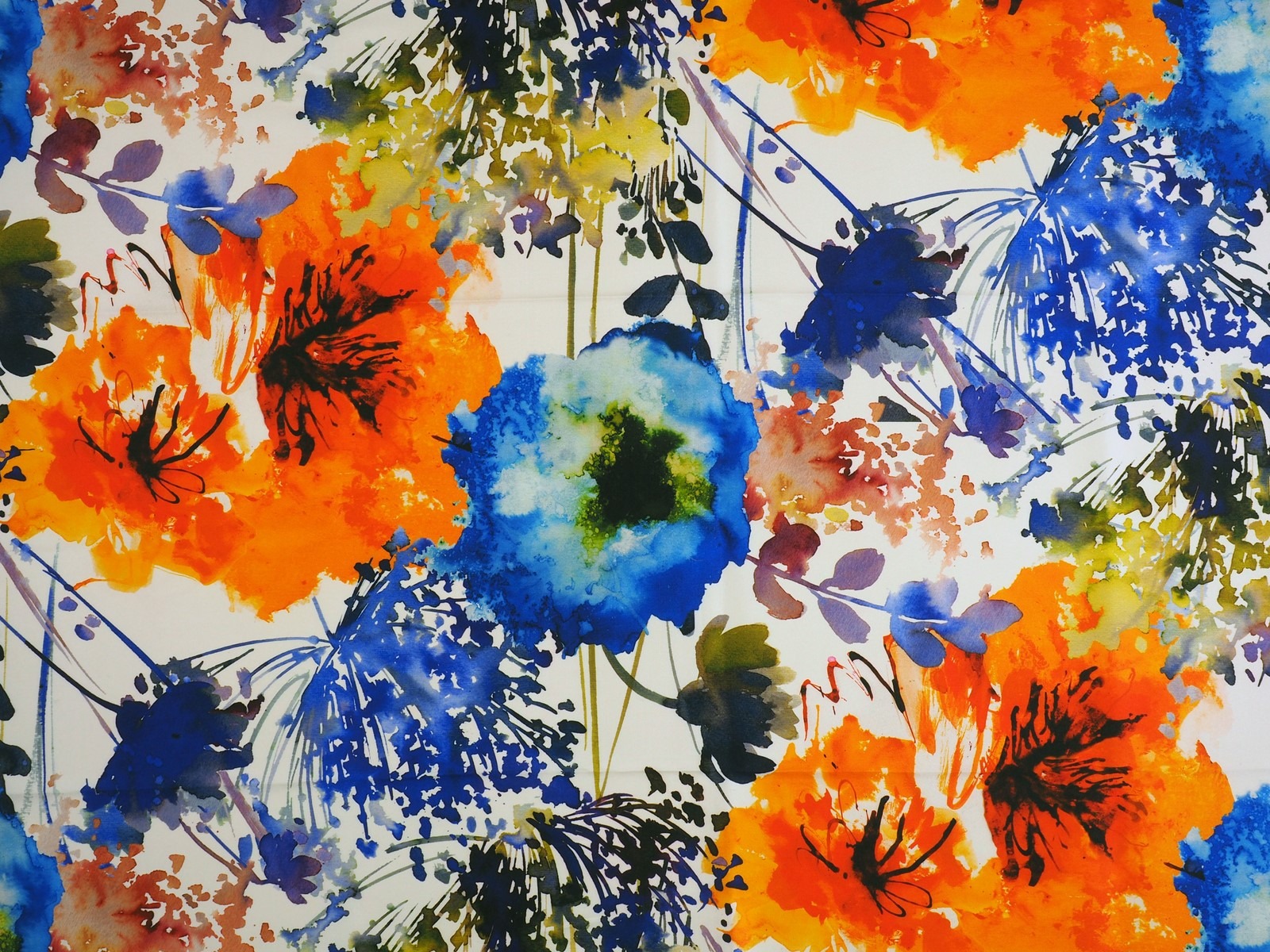
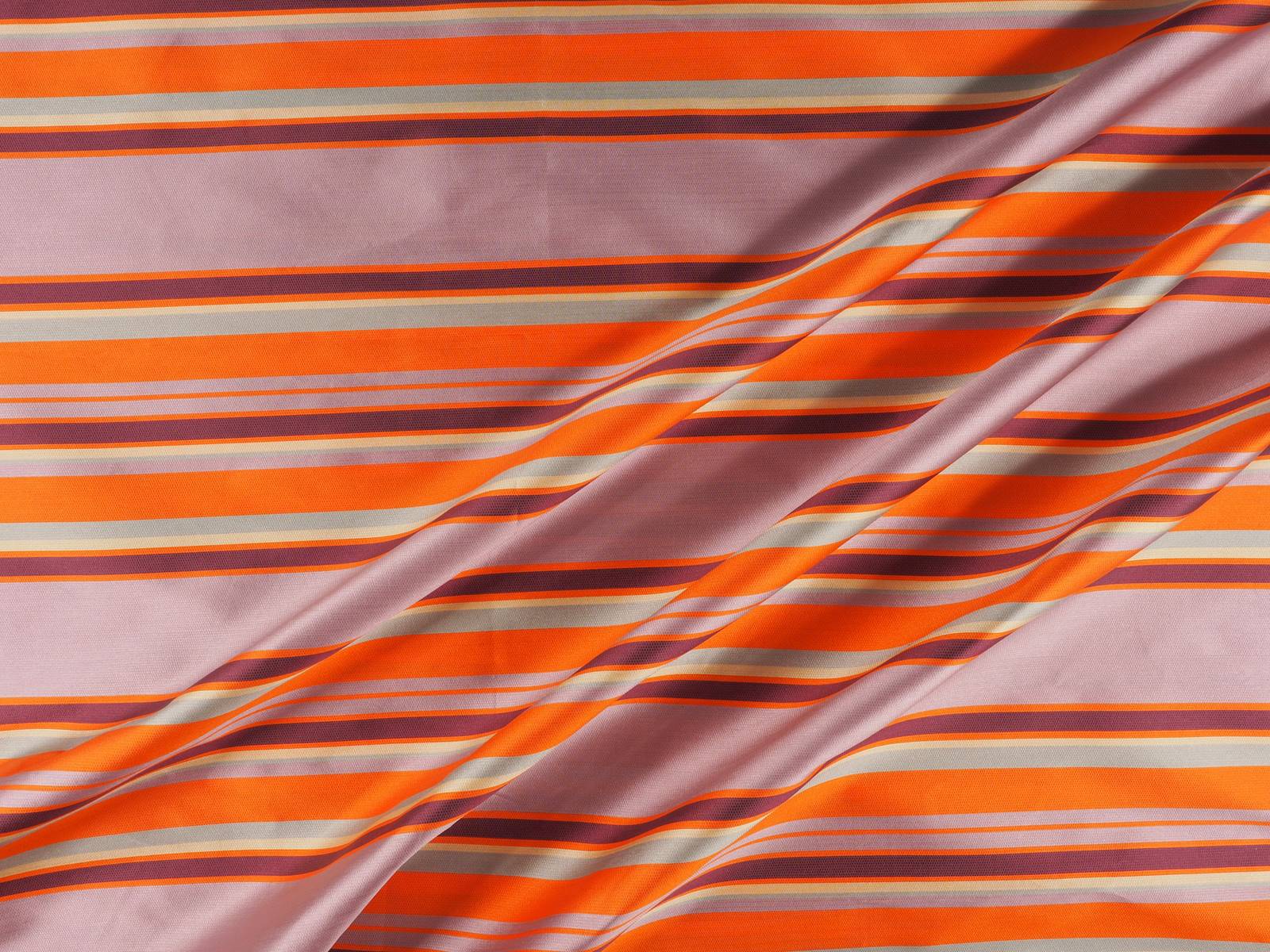
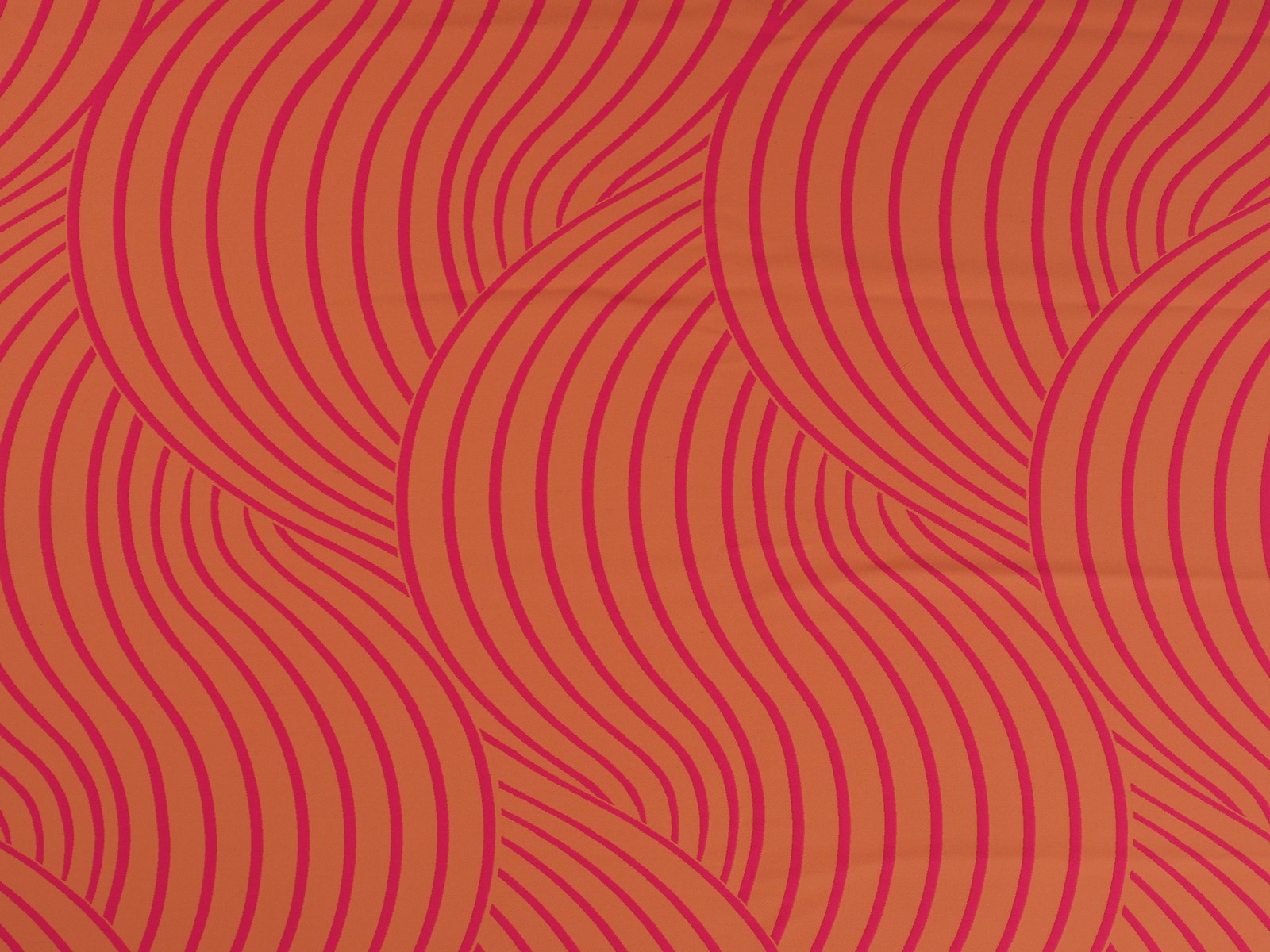
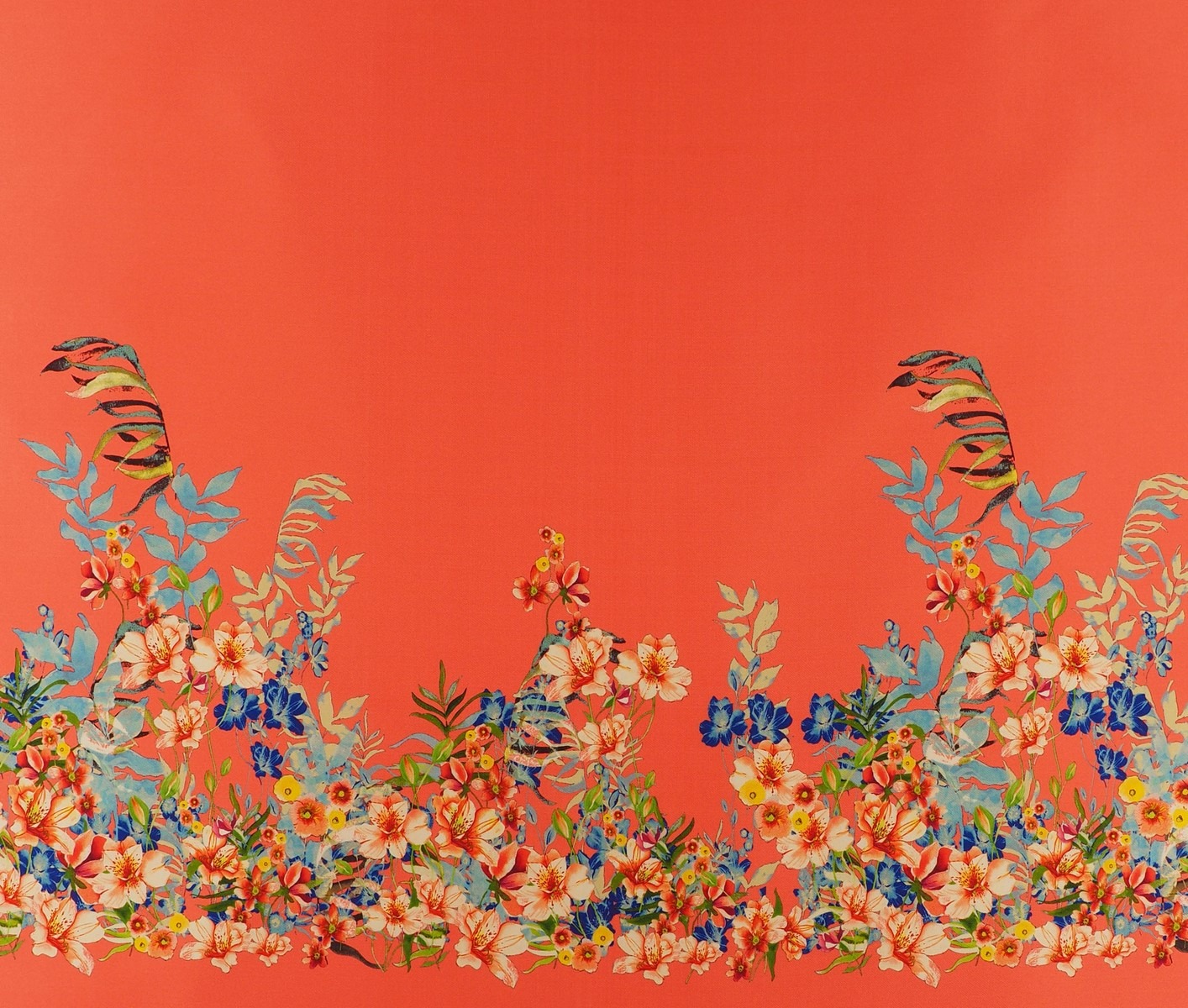
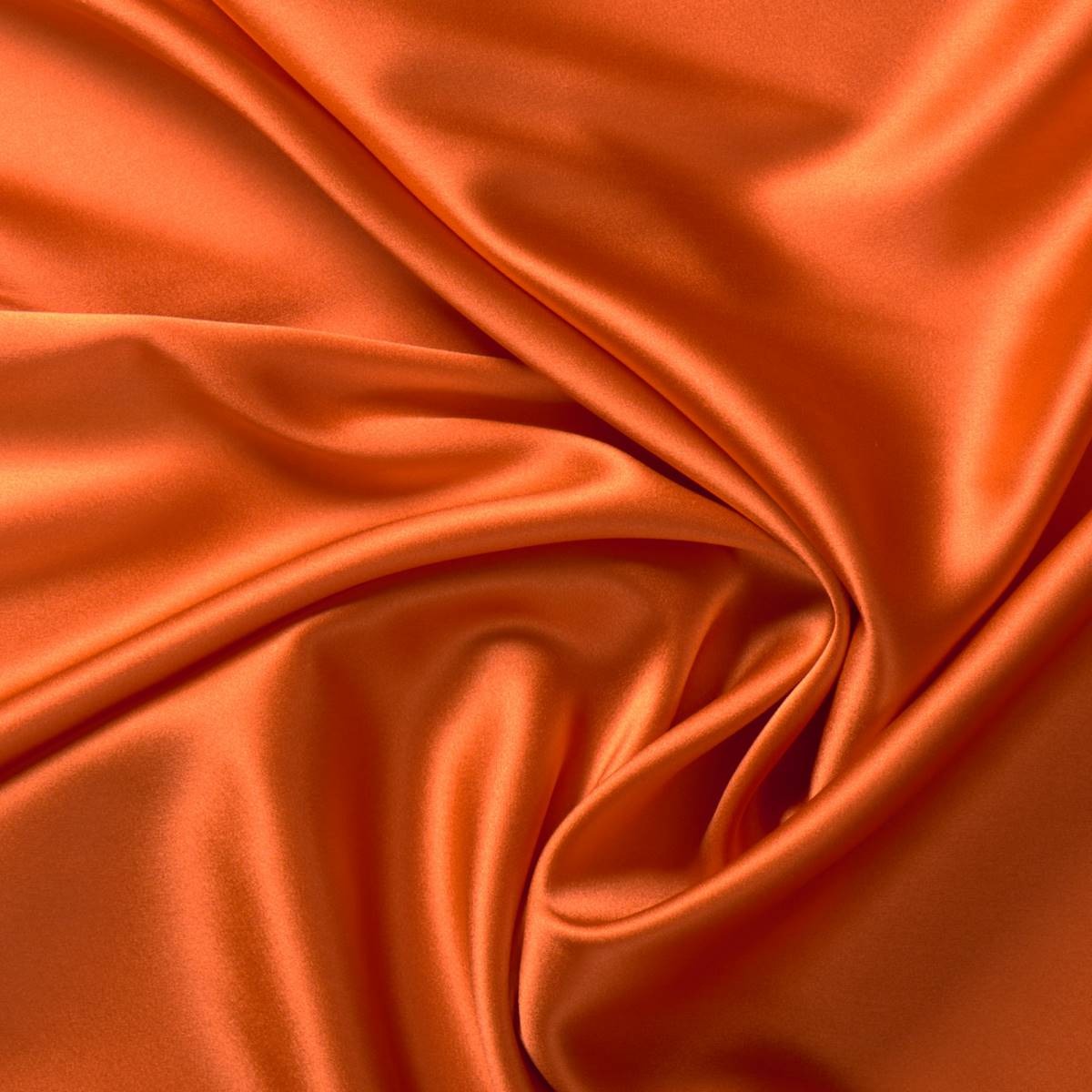
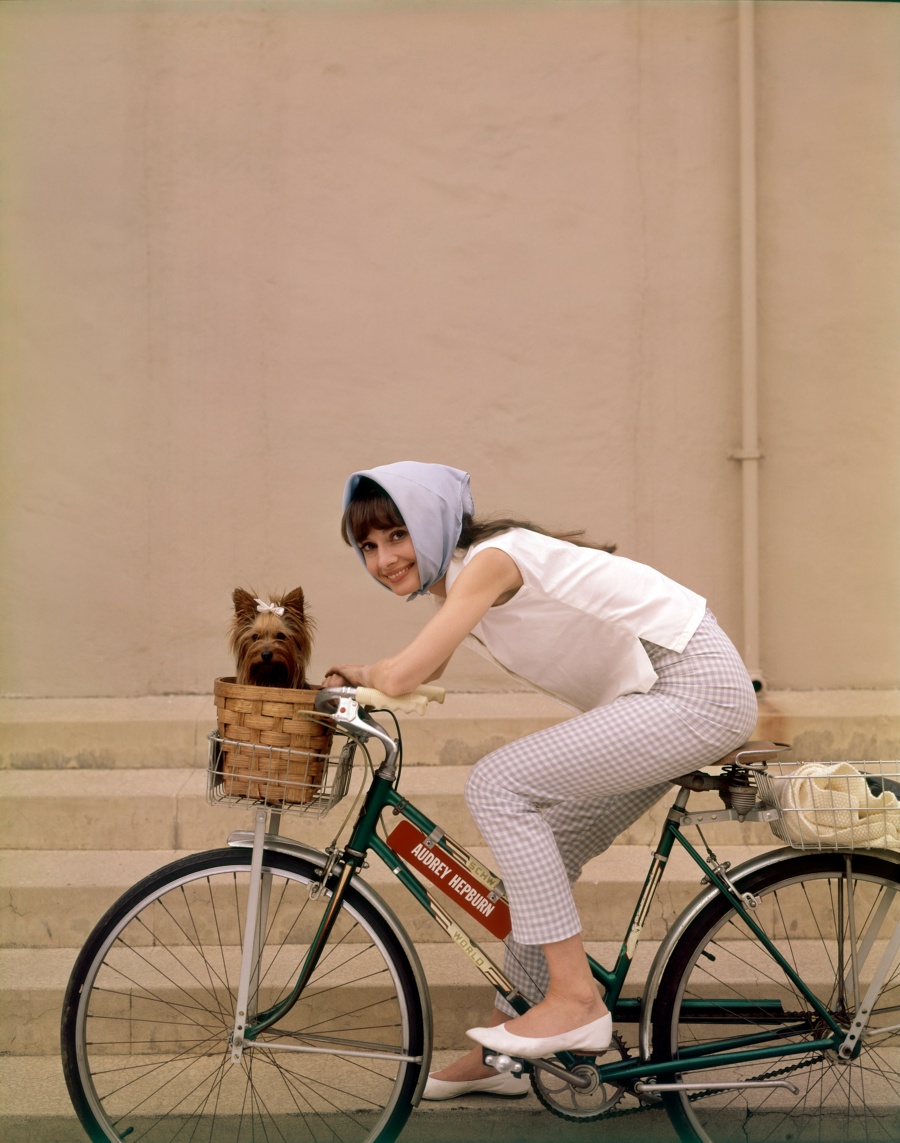
When you ask us where we draw the inspirations to design each year the collections of fabrics of the season, the answer always remains in an eternal mystery. Does it come from something concrete or is it a visual accumulation of personal experiences? We do not know for sure what are the exact connections that drive creativity, but we can conclude that we are constantly nourished by the multidisciplinary arts, and especially those more sensory, to find those engines that require the association of ideas that then give way to the elaboration of the different shapes and textures of the tissues because in the end, everything is interrelated.
This month, we highlight some of the most inspiring exhibitions of PhotoEspaña , the consolidated international photography festival in Madrid that represents the ideal meeting point for lovers of portrait art. This edition, the contest celebrates two decades, since its creation in 1998, and brings together 530 photographers in 90 different exhibitions under a more transgressive vision that combines different languages. Of all the extensive program of events and activities taking place during the summer (until the end of September) , we highlight the following selection that we consider essential for some reason or another.

Cecil Beaton. Myths of the 20th century
Cecil Beaton’s camera has immortalized different characters that have marked the history of the twentieth century: avant-garde creators, cultural icons of Hollywood, European aristocracy… From Audrey Hepburn to Marlon Brandon to Salvador Dalí or Queen Isabel II of England, emblematic personalities who have surrendered to Beaton’s flashes and are all part of the Canal Foundation exhibition.
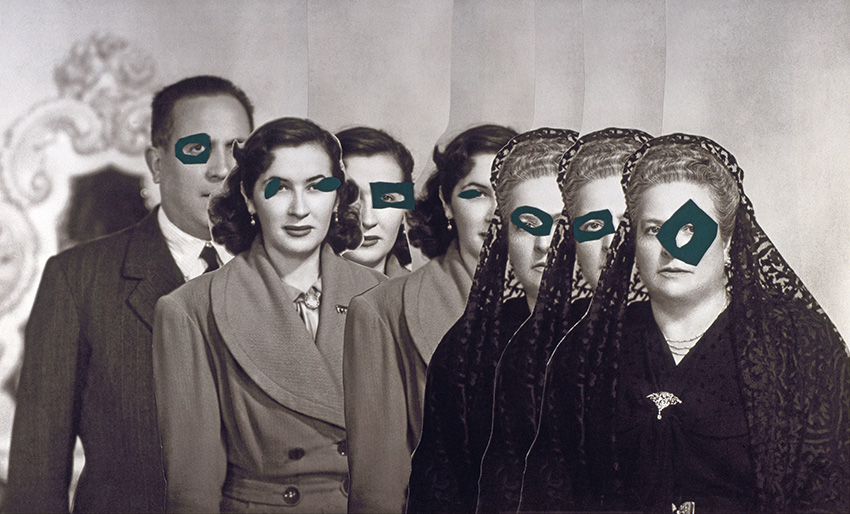
Carmen Calvo. Stillness and vertigo
The Valencian artist rescues old photographs of family albums found in street markets , during the 40s and 50s, to decontextualize them and give them new meanings . Images taken out of oblivion that have a second life and are loaded with a new meaning. Carmen Calvo has built a complex and mysterious world with a certain irony and humor, in which feminism, social criticism and religion are intertwined.
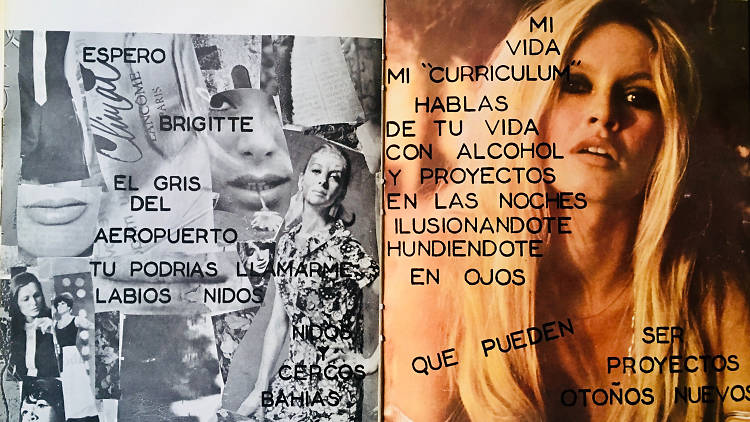
The camera to make poems
From Lorca to Brossa, from Kavafis to Neruda. This exhibition tells us about the relationships that are established between photography and poetry, starting with a selection of Ibero-American books in which the alliance of these two disciplines is essential. Photographs that turn a poem into a photo story, poems that invade photographs, photographers who make poetic anthologies, photographic poems and poetic photos.
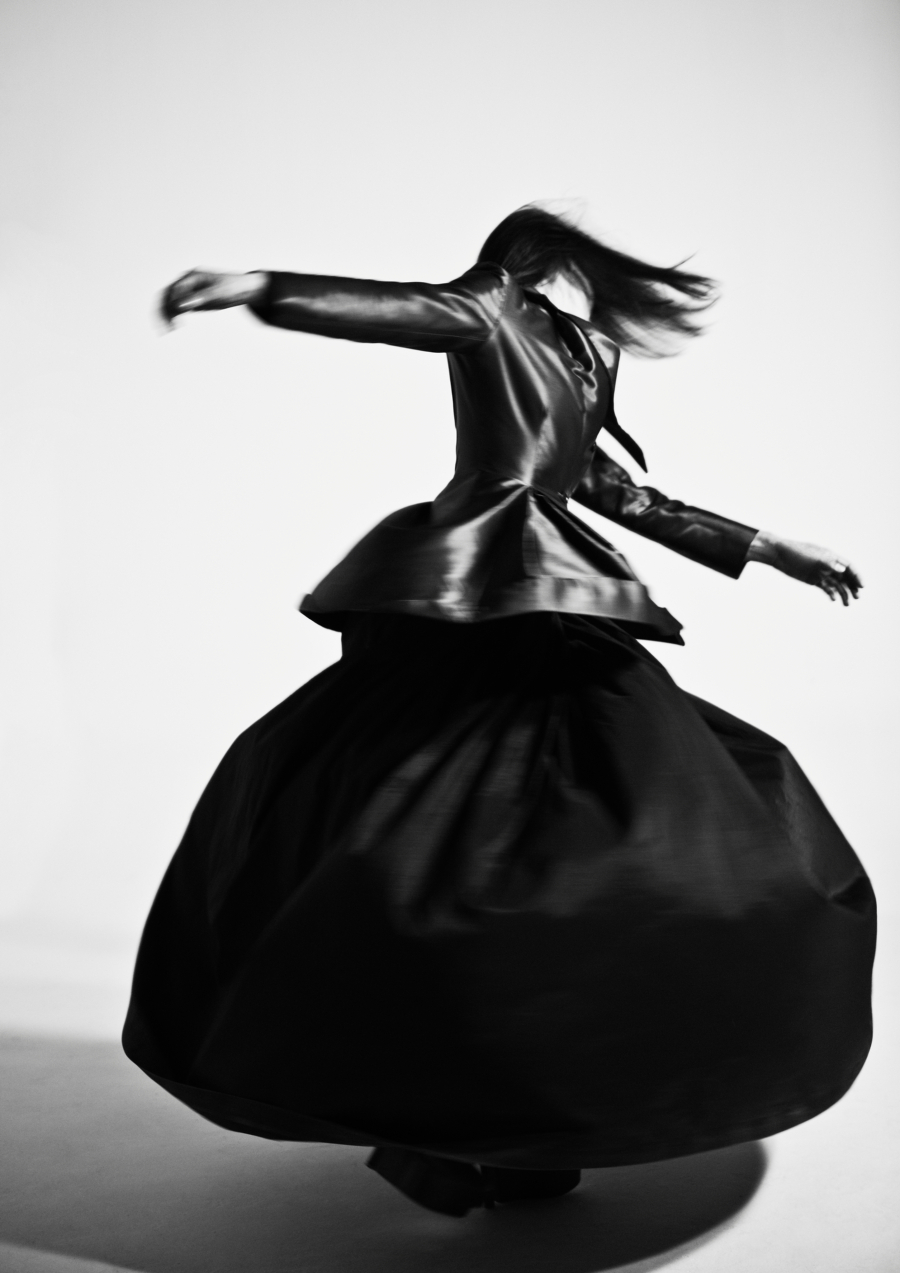
Fashion! Spanish design through photography
Around hundred photographs dialogue with exclusive designs in this exhibition that pays homage to Spanish fashion. Great international photographers like Richard Avedon, Henry Clarke or Irving Penn fall rendered before the designs of Spanish designers like Balenciaga, Pertegaz or Elio Berhanyer. A relationship that with the appearance of the big fashion brands would place Spanish textile on the international scene. An exhibition that has the support of the Ministry of Education, Culture and Sports and the Costume Museum that unites efforts to enhance Spanish fashion through international photography.
Maria Švarbová Swimming Pool
‘Swimming Pool’ is the most emblematic project of the Slovak photographer who started in 2014 motivated by the search of suggestive locations and by her fascination with public swimming pools: her sterile and geometric beauty generates the tone of this photographic series. Despite the retro air of the scenarios, the images evoke a timelessness that moves between a parallel future and a fantastic broken utopia. Precisely, the evocative snapshots of Maria Švarbová inspired Josep Font, creative director of Delpozo, in the conception of the current Spring-Summer 2018 collection, where beyond its similarity with the tonalities (turquoise, green water, coral …) there is a nod through silhouettes with dresses with ruffles, voluminous blouses or tops with pleats that make up this aquatic universe. The exhibition can be seen in the firm’s boutique in Madrid (Lagasca, 19) until August 26th.
Sorry, this entry is only available in European Spanish.
Sorry, this entry is only available in European Spanish.









